This comprehensive guide shares what to do in Malaga, Spain — from the Alcazaba to the Picasso Museum and SO much more!
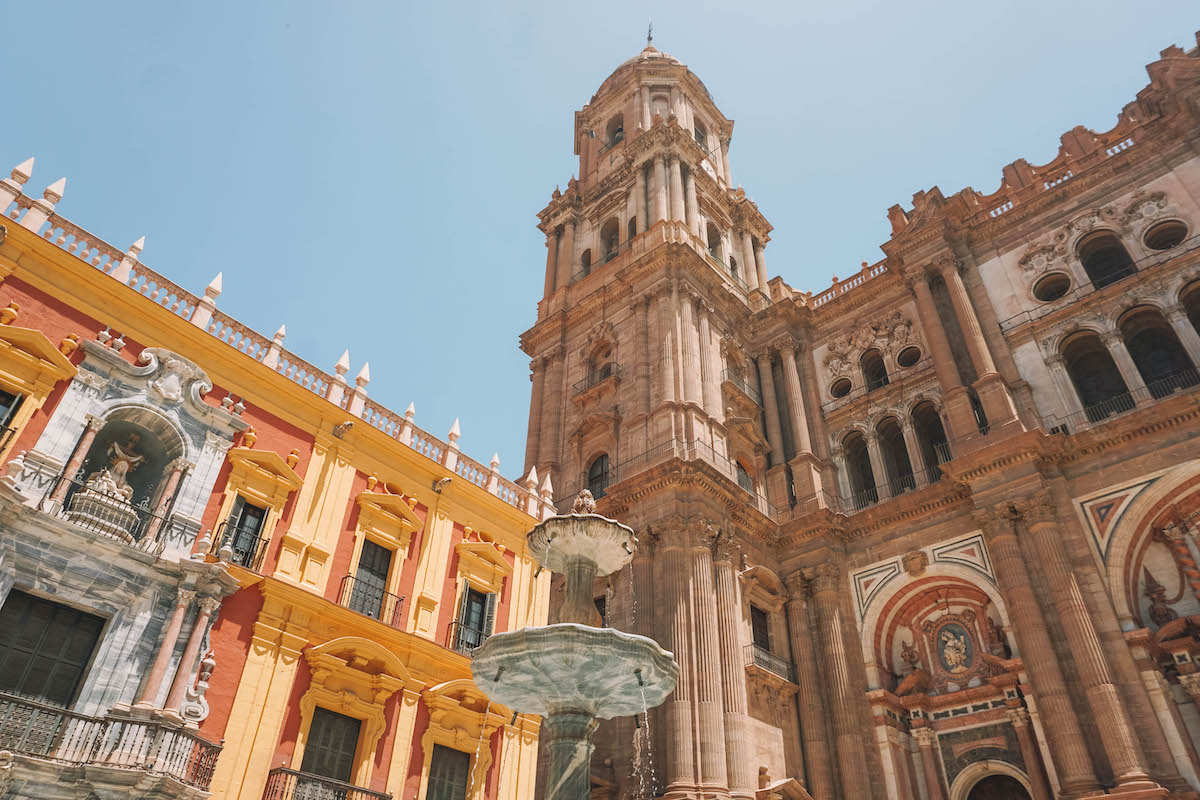
What do Pablo Picasso and Antonio Banderas have in common? They were both born in Malaga, Spain! No? Not a fun fact that interests you?
What if I said that Malaga is a bustling port city along the Andalusian coast that was settled nearly 3,000 years ago? And that it still bears the signs of the centuries it spent under Muslim rule before the Catholics reconquered Spain?
To say that Malaga, Spain is a vibrant city that’s rich in history and jam-packed with things to do is an understatement. It’s a fascinating place and most certainly deserves a spot on your bucket list.
In this post, I’m sharing what to do in Malaga, Spain, plus some recommendations on what to eat, tips for visiting each of the top attractions, and so much more. I hope this Malaga guide proves useful when planning your trip to Andalucia!
A Brief History of Malaga, Spain
This historic city was first settled by the Phoenicians roughly 3,000 years ago. It was initially called “Malaca,” which means “to salt” — a reference to the city’s booming salted fish trade. Since that first Phoenician settlement, there have been three key sets of rulers that have shaped Malaga’s culture: the Romans, the Muslims, and finally the Catholics.
The Romans colonized Spain around 200BC and ruled there for nearly 600 years. Then, in 711AD the Moors invaded Spain. The Muslims referred to the region as “Al-Andalus,” hence the modern name “Andalusia.” Under Moorish rule, Malaga flourished as a trade hub.
After generations of Muslim rule, the city was captured during the Catholic reconquest of Spain in the 1400s. Malaga was one of the last Muslim cities to fall to the Catholic monarchy. Although Malaga (and the rest of Spain) has been under Catholic rule since the 1400s, the Muslim influence still very much pervades the art, architecture, and cuisine of the area.
What to Do in Malaga, Spain
There are so many unique places to visit in Malaga! The Alcazaba and the Cathedral are the main attractions, but there’s enough to do in the city to fill three full days of exploring. Below are the top Malaga attractions. These are all places I’ve visited personally and can vouch for!
1. Walking Tour
Time needed: 2 to 3 hours (depends on the tour)
One of the first activites I like to do in any new-to-me city is take a walking tour. I find that I appreciate a place so much more once I’ve learned its history and understand the local customs better. In Malaga, I highly recommend taking a free walking tour with Malaga Adventures.
The free walking tour is led by a local guide and lasts about 2.5 hours. You’ll see the main attractions of Malaga (from the street), can ask lots of questions, and I also recommend asking your guide for restaurant recommendations. Just remember that “free” walking tours like this one are actually pay-what-you-want, so have cash on hand to tip your guide!
2. Malaga Cathedral (La Manquita) & Rooftop
Time needed: 90 minutes, if climbing to roof
Ask any Malagueño about their cathedral, and they’ll talk your ear off about it. Locals are very proud of their Manquita! The cathedral of Malaga acquired the nickname “La Manquita” (little lady with one arm) because it was never finished due to lack of funding.
Instead of two bell towers, there’s just one. And if you pay extra to climb up to the rooftop (more on that in a moment!), you’ll discover that the roof was never completed either! La Manquita may not be perfect, but it’s become the symbol of the city and the bell tower is visible over the roofs of the entire city center.
The cathedral of Malaga is one of the most gorgeous cathedrals I’ve visited in all of Europe — and it’s genuinely so interesting to explore! I’ve visited many cathedrals throughout Europe, and while I appreciate the old-world architecture and history of them all, the cathedral of Malaga stands out for its breathtaking beauty.
La Manquita was built between 1528 and 1782 after the reconquest of Spain by the Catholic monarchs. Because it took so long to build, the cathedral combines various architectural styles under one roof.
The initial building plans were for a Gothic cathedral — if you know what you’re looking for, you can see the distinct Gothic arches on the front side of the cathedral. By the time the cathedral was finished (or rather, when it reached its present day appearance), the cathedral had morphed into a Renaissance structure with Baroque details.
Tip: The cathedral has a great audio guide, but at the time of my visit they still weren’t giving out actual audio guide devices due to Covid measures. So make sure you have roaming data on your phone so you can scan the available QR codes during your visit!
After exploring the inside of the cathedral (you’ll need about an hour), be sure to climb up to the rooftop for an EPIC view of the city. You’ll need to buy your rooftop access ticket when you pay to enter the cathedral.
I normally don’t like paying for a view, but La Manquita is a two-for-one. Yes, you get the incredible bird’s-eye view of the city, but you also get to look at the unfinished rooftop and bell tower up close and personal. This is what makes it one of the top things to do in Malaga!
The ceiling of the cathedral is comprised of lots of smaller domes. Without a finished roof covering them, you can see the inverted domes from up above. It’s wild! You’ll also get a closer look at the bell tower, which makes for a nice photo.
After exiting the cathedral rooftop, rest your feet under the orange trees of the back garden. You’ll also get to see the bell tower from yet another stunning angle. One the other side of the cathedral is a garden with bubbling fountains in the center. This is a remnant from the city’s Muslim occupation.
Tip: While in the Cathedral Garden, be sure to look up at the drainpipes of the cathedral. They’re shaped like cannons! The port used to come up much closer to the city center, and the architects wanted to scare off any possible attackers. The cannon drain pipes are meant to make the cathedral look more like a fortress from the back.
3. Alcazaba
Time needed: 3 hours
I realize I just waxed poetic about La Manquita, but the Alcazaba was actually my favorite thing to do in Malaga! The Alcazaba is a former Muslim fortress that was built in the 11th century as a means of defending the port.
The word Alcazaba comes from the Arabic word al-Qasba, meaning “urban fortress.” Although it originally served a strictly defensive purpose, it later became a palace-foress that served as both a military base and as the home of the royal caliphate and his family.
From the street, the Alcazba looks like your typical fort — lots of stone rising high over the city and not much else. However, as soon as I stepped through the entrance of the Alcazaba I was utterly enchanted by the lush oasis that lay in wait for me. Bubbling fountains, lush gardens, and peaceful corners are a joy to uncover while wandering through the complex.
Of course, it’s impossible to forget that you’re walking around a fortress. I was amazed at the unparalled access visitors had to the Alcazaba’s ramparts; it was so fun to clamber up the walls to see what new view awaited me!
A visit to the Alcazaba of Malaga teaches you not only about the fortress and its pivotal role in defending the city, but you also come away with a better knowledge of the Muslim culture. Just make sure to have roaming data on your phone, because this is another site that relies on QR codes to play back the auido guide.
Tip: Wear comfortable shoes as you’ll be going up and down lots of cobblestone steps and ramps.
4. Gibralfaro Castle
Time needed: 90 minutes
No visit to Malaga is complete without making the trek up, up, up to Gibralfaro Castle. Gibralfaro Castle (pronounced “hib-rahl-far-oh”) is perched atop Gibralfaro Mountain (Malagueños are very creative with their names, as you can tell).
The castle can only be accessed via a very steep, paved path that runs from the base of the Alcazaba … or you can take a taxi up the mountain! However, I recommend making the trek on foot because there’s a stunning scenic overlook about halfway up the mountain.
Gibralfaro Castle was built in the 1300s to improve the city’s defenses. Like the Alcazaba, the castle was built by the Muslims. It played a key role in defending the city from the armies of the Catholic monarchs, although the Muslim caliphate did eventually fall.
Sturdy walking shoes are essential for visiting Gibralfaro Castle. The path up to the castle is very steep — I can’t stress this enough! — and I was huffing and puffing my way up the mountain despite being in reasonably decent shape. Once you’ve reached the castle, there’s not much to see within the fortified walls, but the views! This is the highest point in Malaga, so the views are seemingly neverending.
A few tips: The Alcazaba and Gibralfaro Castle are not directly connected so you must buy two separate tickets to enter both Malaga tourist attractions. Also, make sure to bring a water bottle with you to the castle. It’s completely exposed to the sun and it gets HOT up there.
5. Roman Theater
Time needed: 30 minutes
If you’re wondering what to do in Malaga, you need to visit the Roman Theater! The Teatro Romano is one of those “I can’t believe this still exists!” type of places. The theatre was built by the Romans in the 1st century (!!) and fell out of use in the 3rd century after a salted fish factory was built right next to it. I can understand why theater goers wouldn’t care to sit for hours on end smelling fermenting fish!
The ruins of the Roman Theater were discovered in the 1950s, but weren’t fully excavated until the 1990s. The site is free to enter, and there’s a small introductory exhibit that’s worth checking out. Platforms have been built over what was formerly the stage of the theater, so you can actually go down into it and see the seating area and stage from all angles.
6. Picasso Museum
Time needed: 90 minutes
Pablo Picasso is arguably Malaga’s most famous son — so much so that there’s an entire museum dedicated to his work! The Picasso Museum displays artworks spanning more than 80 years of his illustrious career. The museum owns over 230 works from the artist, and the exhibits are switched up periodically to focus on different themes or time periods from Picasso’s life.
This is one of the top three attractions in Malaga, so expect to wait in line if you didn’t buy your ticket online in advance.
7. Jardines de Puerta Oscura
Time needed: 30 minutes
At the base of the Alcazaba, on the port side, is the “Dark Entrance Gardens.” The gardens are smal but lovely, with a nice view of the city and port. The garden is planted on the slope of Gibralfaro Mountain and is comprised of a series of terraces with fountains at the street level.
Tip: Just across the street from the Jardines de Puerta Oscura are the Pedo Luis Alonso Gardens, which are also pretty!
8. Malaga Museum
Time needed: 90 minutes to 2 hours
Housed in what was originally the city’s customs house, the Malaga Museum is a small but impressive museum that boasts a little of everything. Roman artifacts, Spanish paintings, furniture — there’s a good mashup of art and artifacts on display that combine to tell the history of the city.
The building itself is lovely, too! It was built in 1826 in the style of an Italian Renaissance Palace complete with an inner courtyard.
Tip: I particularly enjoyed the open storage room, which is essentially an overflow room.
9. Malaga Park
Time needed: 45 minutes to 1 hour
There’s nothing in particular “to see” in the Parque de Malaga, but it’s a pretty park with lots of quiet spots to sit down and relax when it gets too hot outside. If you plan on visiting Muelle Uno, I recommend making your way through the park on your way to the port.
Listen for the screeching Monk Parakeets during your walk. They’re so stinking cute, but they’re considered an invasive species to the city. Good luck catching a glimpse of them though; they’re fairly small and their green coloring helps them blend into the scenery!
10. Muelle Uno
Time needed: 30 minutes (longer, if window shopping)
Another fun place to visit in Malag is Muelle Uno (“Quay One”). It’s a section of the port of Malaga that’s been transformed into an open-air shopping and dining center. To reach the shopping area, you’ll pass through the beautiful “Paseo del Muelle Uno,” an undulating wooden pergola covering a promenade along the water.
The Paseo was definitely the highlight of Muelle Uno for me; I didn’t care for the shopping and dining area as much since it was primarily chain stores. However, this is still a great spot to walk through on your way to the beach, assuming you don’t opt to drive there. It’s nice to have so many eateries right by the beach though, since you won’t want to schlep all the way back to the city center when your stomach starts rumbling!
11. Playa de la Malagueta
Time needed: Depends on how long you want to relax!
Off the end of Muelle Uno is Playa de la Malagueta, a man-made beach within walking distance of the city center. It’s a long, skinny stretch of sand with blue water. You can rent chairs and umbrellas on the beach, or keep thing easy by simply marking your territory with a beach towel.
Since this beach is so close to the city, it fills up quickly in the summer months. If you’re intent on spending a full day at the beach, arrive early to claim a good spot!
Tip: There are food options along the beach, or you can walk the 5 to 10 minutes back to Muelle Uno to grab something from a restaurant.
12. Carmen Thyssen Museum
Time needed: 1 hour to 90 minutes
Along with the Picasso Museum, the Carman Thyssen Musuem is one of the most important art museums in Malaga. What makes this museum stand out is its focus on 19th century Spanish art, with Andalusia providing the inpiration for most of the artworks. The permanent collection of the museum was originally collected by Baroness Carmen Thyssen-Bornemisza, hence the name.
For being such a small museum, it was really spectacular seeing such a niche collection of Spanish art. With that being said, I thought the entry fee of 10 Euros was a bit steep given the fact that you need maybe an hour to 90 minutes to see everything. If possible, I recommend visiting on Sundays after 4pm when the museum offers free admission.
Tip: If you’re short on time or are traveling on a tight budget, you can also tour the museum virtually for free!
13. Mercado Central de Atarazanas
Time needed: 30 minutes
The Mercado Central de Atarazanas is a covered market in the city center with vendors selling fresh produce, seafood and meats, dried fruits, and almonds. I visited the market in the afternoon, and by that point most of the seafood and meat counters had closed. If you want to cook a proper meal with goodies from the market, arrive early to get your pick of the best fish and meat!
The prices at the market are good, and the quality of the produce is amazing! I recommend buying Marcona almonds at the market; Malaga is known for its almonds, and you’ll get a much better price if you buy them in bulk at the market versus from a tourist shop in the city center.
Tip: There are also a handful of tapas bars at the market, so you can grab a proper meal here if you need more than fruit and veggies for snacking.
14. La Concepcion Botanical Gardens
Time needed: 2 hours
Not many tourists make their way out to La Concepcion, which is a shame because this place is downright magical and absolutely deserves a spot on every Malaga travel guide. To get to the gardens, you’ll take a 20-minute bus ride from the city center and then have to walk the remaining 15 minutes on foot.
The trek is worth it though! The botanical gardens of Malaga are located on the historic La Concepcion Estate. The gardens were originally created by the Marquis and Marchioness of the House of Loring, Jorge Loring Oyarzabal and Amalia Heredia Livermore. La Concepcion garnered fame for the various archaeological remains on display in the gardens.
In 1911, La Concepcion was sold to new owners, Rafael and Amalia Echevarrieta. Following the couple’s death, the gardens fell into a state of disrepair and were eventually purchased by the state in the 1990s.
La Concepcion is split into different sections. The Historical Section was my personal favorite. It felt like I was walking through Jurassic Park — minus the dinos, thank goodness! — and I enoyed getting lost along the winding paths.
Unlike the seemingly unplanned Historical Garden, the Botanical Garden section is neatly laid out and easy to navigate. This part of La Concepcion is more in line with what you’d expect from a botanical garden.
Other corners that aren’t to be missed include:
- The Wisteria Arbor (which blooms late March / early April)
- The Monstera Waterfall in the heart of the Historic Garden
- The Hibiscus Walk (I felt like I was in Hawaii!)
- The Historical gazebo (the symbol of La Concepion, with a nice view)
The entrance fee for La Concepion is a mere 5 Euros. I visited during my last afternoon in Malaga, and since I had nothing else planned for my daily siesta I found a shady spot in the gardens and read a book for a couple hours. You can stay for as long as you’d like, and there are plenty of benches and grassy areas to relax, so take advantage of that!
Tip: There’s a small café on site with basic snacks and drinks, so if you forgot your water bottle you’re covered!
15. Calle Marqués de Larios
Time needed: 15 minutes just to walk it, more if shopping
If you’ve ever wanted to know what a luxury shopping street in Spain looks like, you need to do some window shopping along Calle Marqués de Larios. It’s one of the most expensive streets in all of Spain!
Calle Marqués de Larios was built in the late 1800s as a means of connecting the city center with the port. The city of Malaga was short on funds, though, so the Larios family agreed to pay for the street to be built … with a few special requirements.
The first requirement was that the street had to be named after the family’s patriarch, the Marqués de Larios. The second requirement was that a statue of the Marqués had to be erected at the head of the street — it’s the first thing you see when you walk from the port to the city center! The final requirement was that the family be allowed to own the majority of the buildings along the street.
The Larios family is still one of the most powerful in Malaga and to this day they’re the landlords for most of the buildings along Calle Marqués de Larios. So keep the history of this area in mind when you’re shopping!
16. Old Town
Time needed: 1+ hours
Almost all of the Malaga attractions mentioned in this post thus far fall within the boundaries of the Old Town / city center. It’s a sizeable Old Town with a good mixture of tourist shops, local boutiques, and restaurants. It’s also one of the most beautiful city centers I’ve seen, so be sure to allow yourself time to meander aimlessly!
17. Day Trips From Malaga
If you’re only in Malaga for a day or two, I don’t recommend planning any day trips. However, if you’re in the city for three or more days, you could squeeze in a day trip if desired. Here are some of the day trips from Malaga that I recommend.
Malaga Day Trip: Ronda
Distance from Malaga: 2.5 hours via train, 90 minutes via car
Ronda is a quaint mountainside town known for its stunning stone bridge set over a gorge. You can easily see the main attractions in Ronda in a single day, making it a great Malaga day trip option.
Highlights of a visit to Ronda include: the oldest bullring in Spain, the Old Town, the Arab Baths, the Arabic city walls, and one to two of the house museums. The views from the perimeter of the Old Town are breathtaking, as the city is set high above a gorge so there’s nothing but open air and endless views once you reach the edge of the city!
Malaga Day Trip: Cordoba
Distance from Malaga: 1 hour via train, 2 hours via car
Cordoba is a busier city with a small town feel. Its best-known attraction is the Mezquita, a mosque-turned-cathedral that retains the original Arab archiecture inside. Cordoba is also know for its colorful alleyways lined with flower pots and lush balconies.
You can see the main sites of Cordoba in a day. They include: the Mezquita, Palacio Viana, walking the Roman Bridge, and exploring the Old Town. It’s easy to explore on foot, and the train station is maybe a 20-minute walk from the city center.
Malaga Day Trip: Granada
Distance from Malaga: 90 minutes via train, 90 minutes via car
If you’re taking a day trip to Granada, chances are good it’s because you want to see the Alhambra. Personally, I don’t recommend planning much else on your day trip to Granada because the Alhambra is a MASSIVE complex and will take 4+ hours to visit (especially if you paid extra for a guide to lead you around!).
Other than the Alhambra, you’ll also have time to explore the Albaicin and Sacromonte neighborhoods on foot. I’d recommend skipping the cathedral and the city center if you have just one day in Granada. It’s a bustling university city with lots to see and do, but there’s no point in rushing around to see everything since the Alhambra and neighborhoods immediately surrounding it are so beautiful.
Tip: Wear comfy walking shoes in Granada. You’re going to be going up, up, up much of the day as the Alhambra and surrounding areas were built on hills.
Malaga Day Trip: Seville
Distance from Malaga: 2 hours via train, 2.5 hours via car
A day in Seville is nothing! In a perfect world, you’d definitely want to spend 3+ days here, but one will do if that’s all you have!
If you’re taking a day trip to Andalusia’s capital city, I recommend visiting: the Alcazar, the Cathedral, and the Plaza de España. Plus, take time to walk around the city center and just admire the architecture.
Again, I don’t recommend trying to shove in too many paid tourist attractions in a single day as you can expect long lines everywhere you go (in peak season). And the joy of the city is truly experiencing it!
What to Eat in Malaga, Spain
Andalusia in general has so many good eats to try, but here are some Malaga-specific foods you need to order.
- Almendras Fritas — Marcona almonds that have been toasted in oil and then salted.
- Boquerones — Anchovies. They can be fried or served in vinegar (an acquired taste, to be sure).
- Espetos — Sardines threaded onto skewers and then grilled. The best are found by the beaches!
- Tortas Locas — Two layers of puff pastry sandwiched with custard and topped with a sweet egg yolk frosting. Very sweet and perfect for vanilla lovers! This dish is really only found in Malaga so be sure to try one at a bakery.
- Tarta Malagueña — A very sweet cake made with almonds, wine, spices, and apricots. Again, typical of Malaga and not something you’ll find elsewhere.
FAQs About Visiting Malaga, Spain
Where in Spain is Malaga?
Malaga is located along the southern coast of Spain, near the water.
How to pronounce Malaga?
It’s pronounced “MAH-luh-gah.” You emphasize the first syllable.
What’s the best time to visit Malaga?
I recommend visiting in April / May or September / October. I visited at the end of May and still felt like I was roasting alive, so I can only imagine how unbearably hot it gets in June, July, and August!
Is Malaga safe to visit?
Yes, very much so! This is definitely a tourist-friendly city. I walked around at all hours of the day and never once felt unsafe. (And I travel by myself, so it’s solo female travel-friendly).
How many days are needed to visit Malaga?
I thought three full days was the perfect amount of time. If you travel at a faster pace, you could possibly squeeze everything in in two days. But worst comes to worst if you have “too much” time in Malaga is you spend an afternoon at the beach or plan a day trip!
Miss You Already, Malaga!
If thes past 4,000 words haven’t convinced you to visit Malaga, Spain, I truly don’t know what will. The architecture, the food, the people — everything here is amazing. Malaga was the perfect first stop of my trip to Andalusia and I’m already excited for the day I get to return!
If you liked this post or have any questions about what to do in Malaga, Spain, be sure to leave me a comment below. And don’t forget to follow me on Instagram to keep up with my daily adventures in Berlin, Germany!
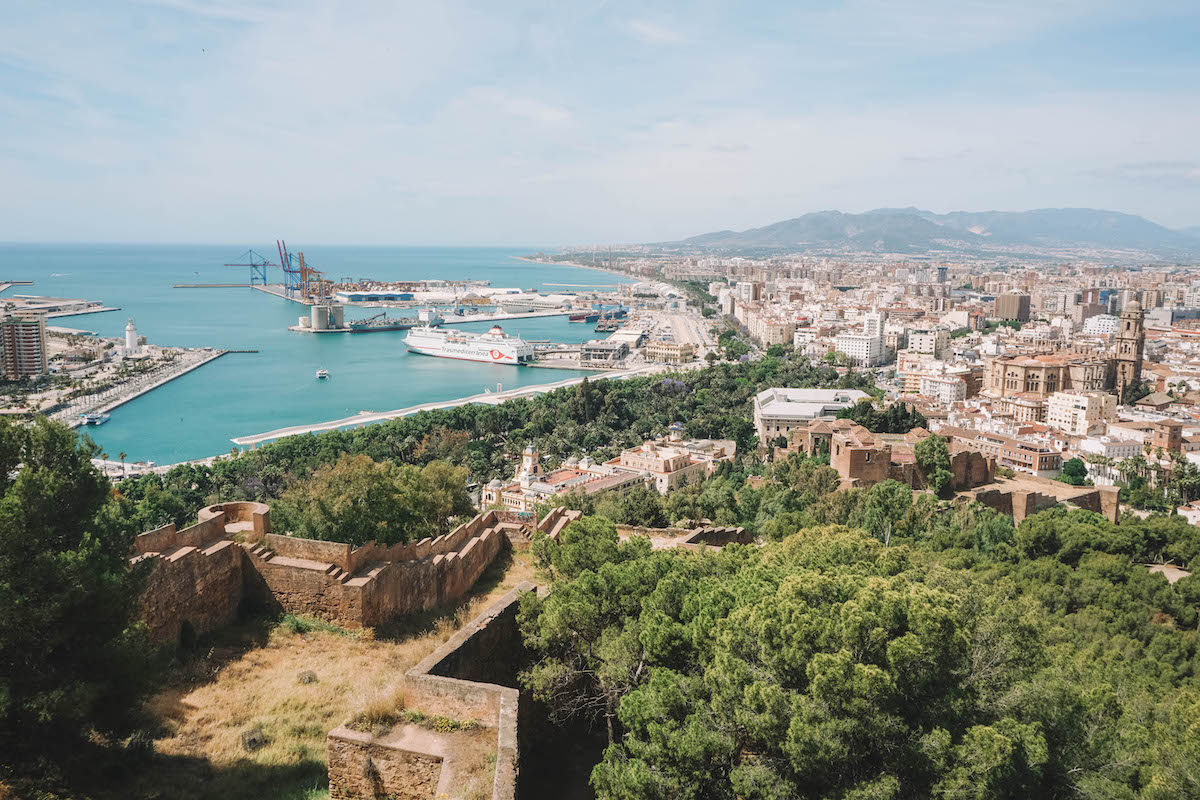
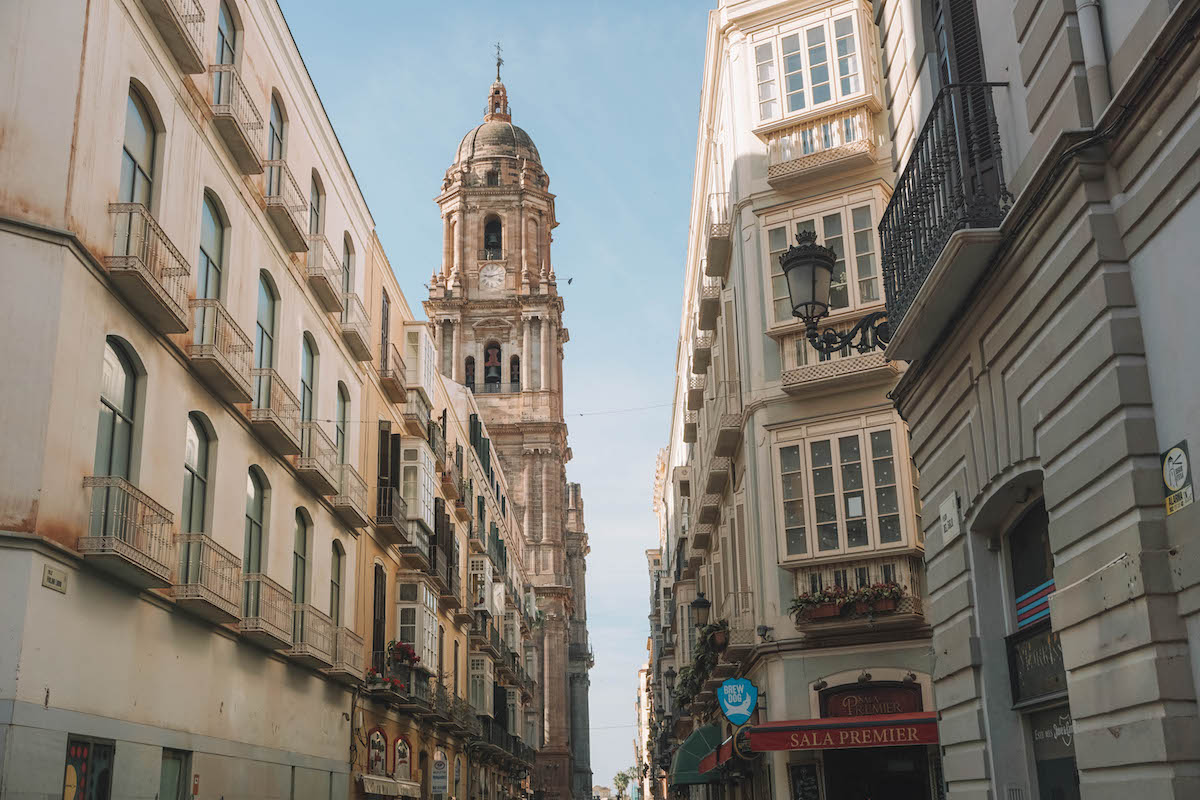
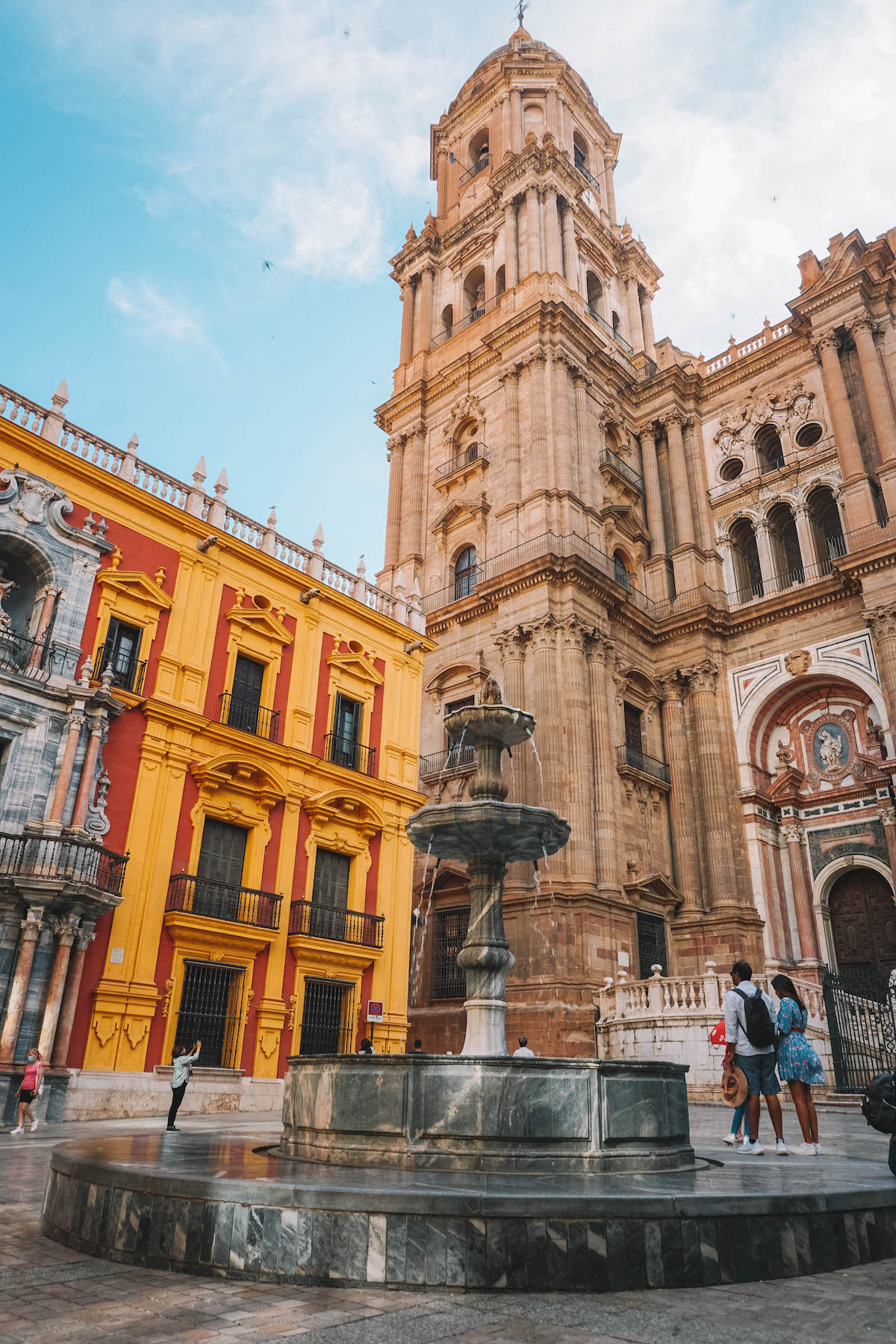
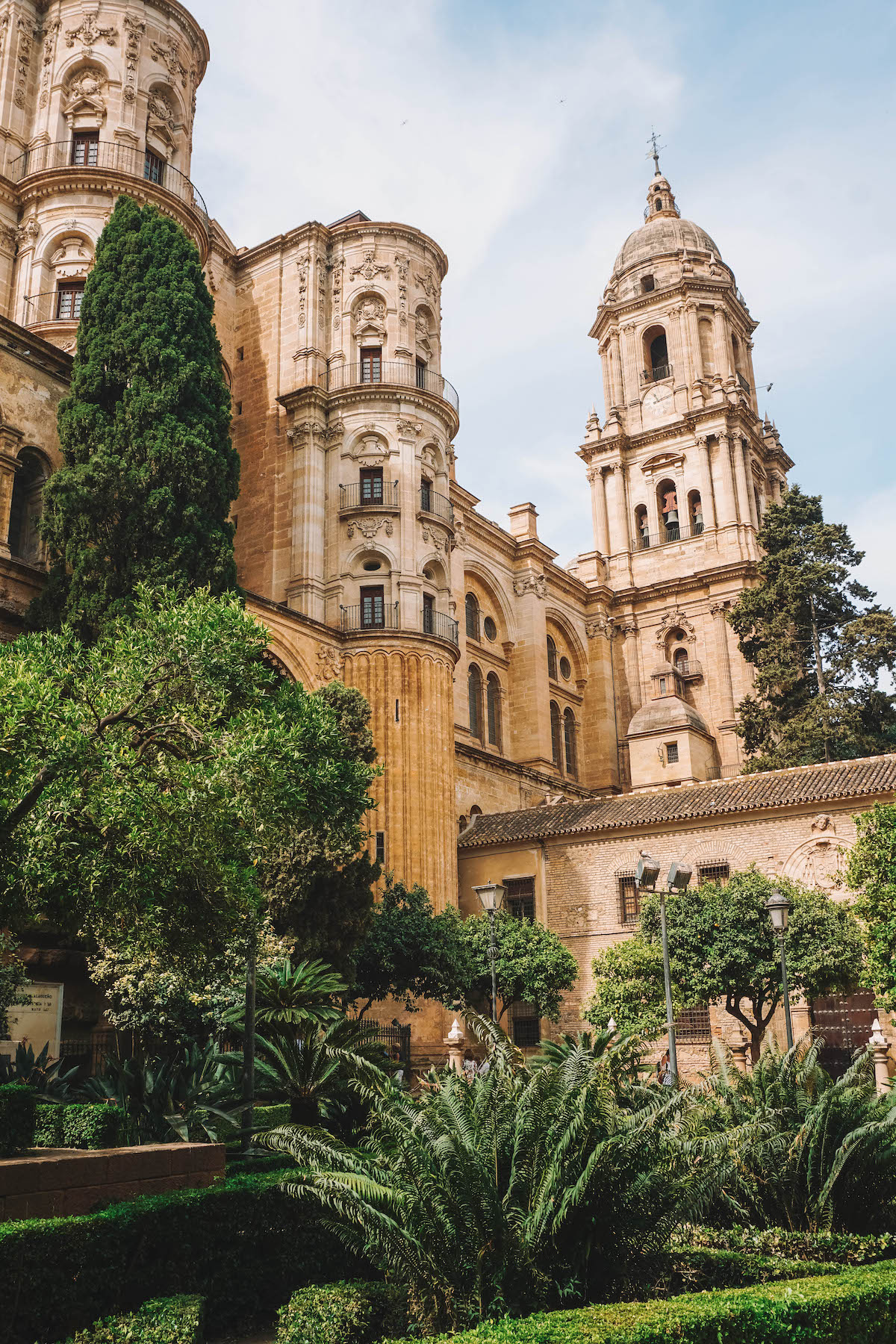
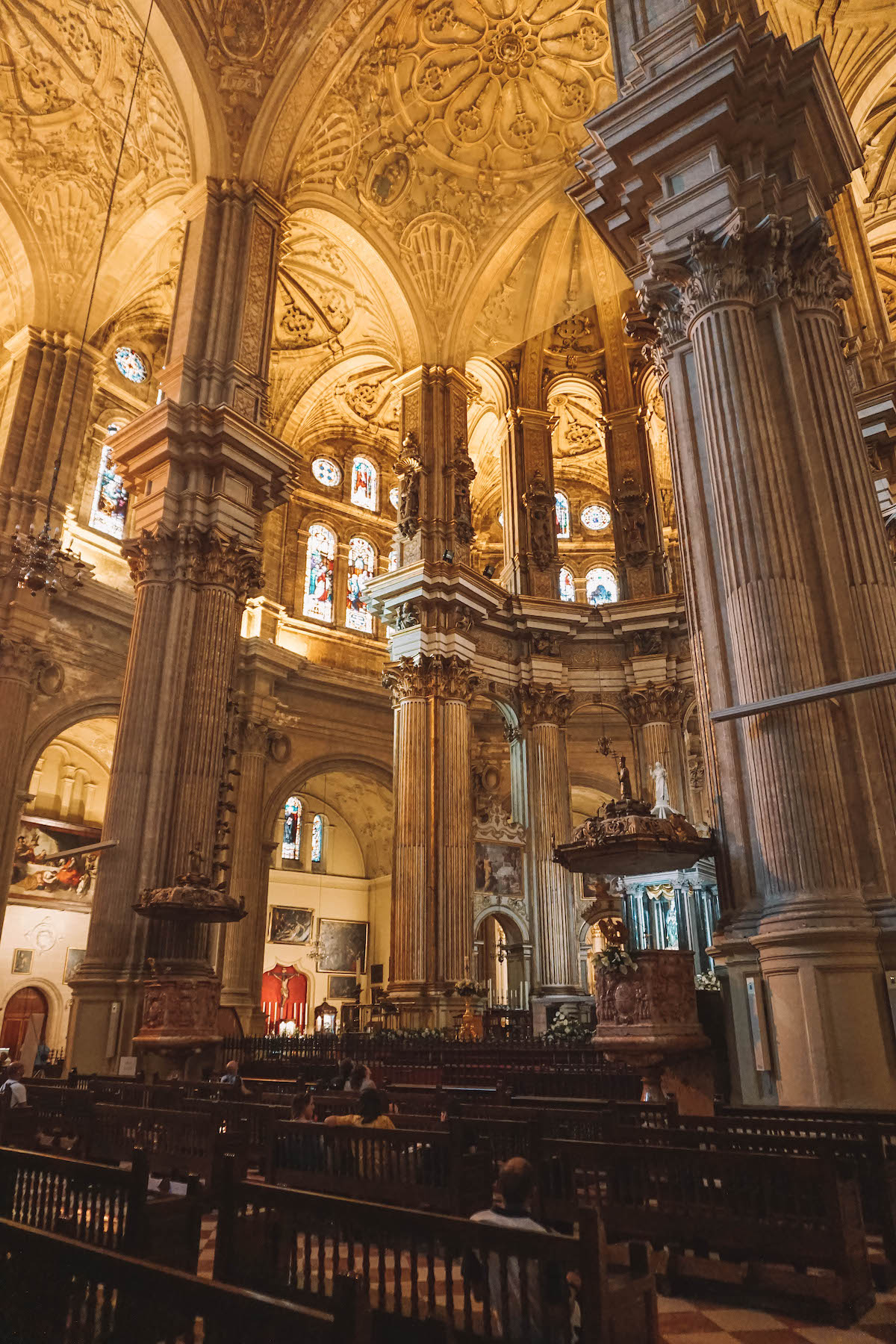
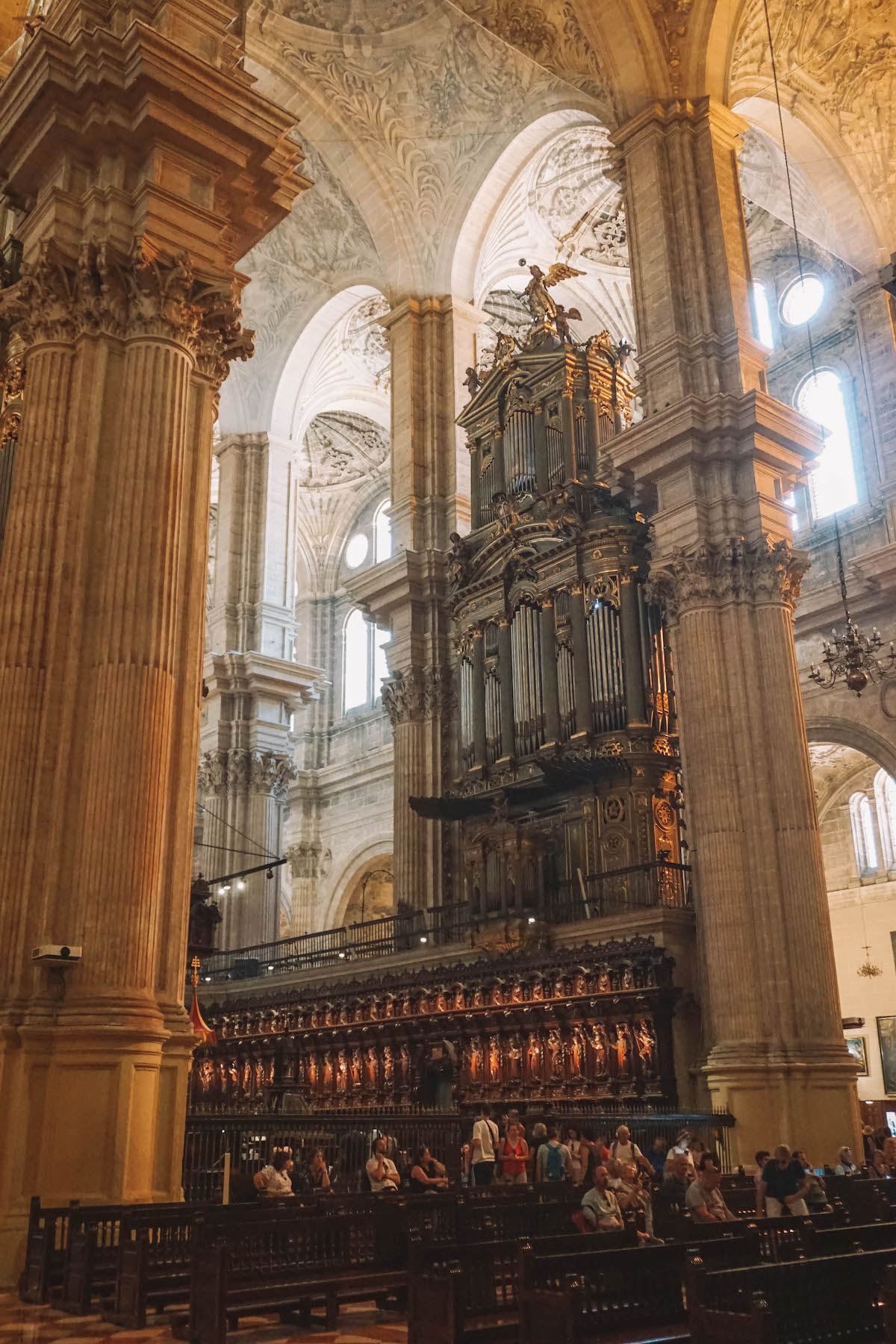
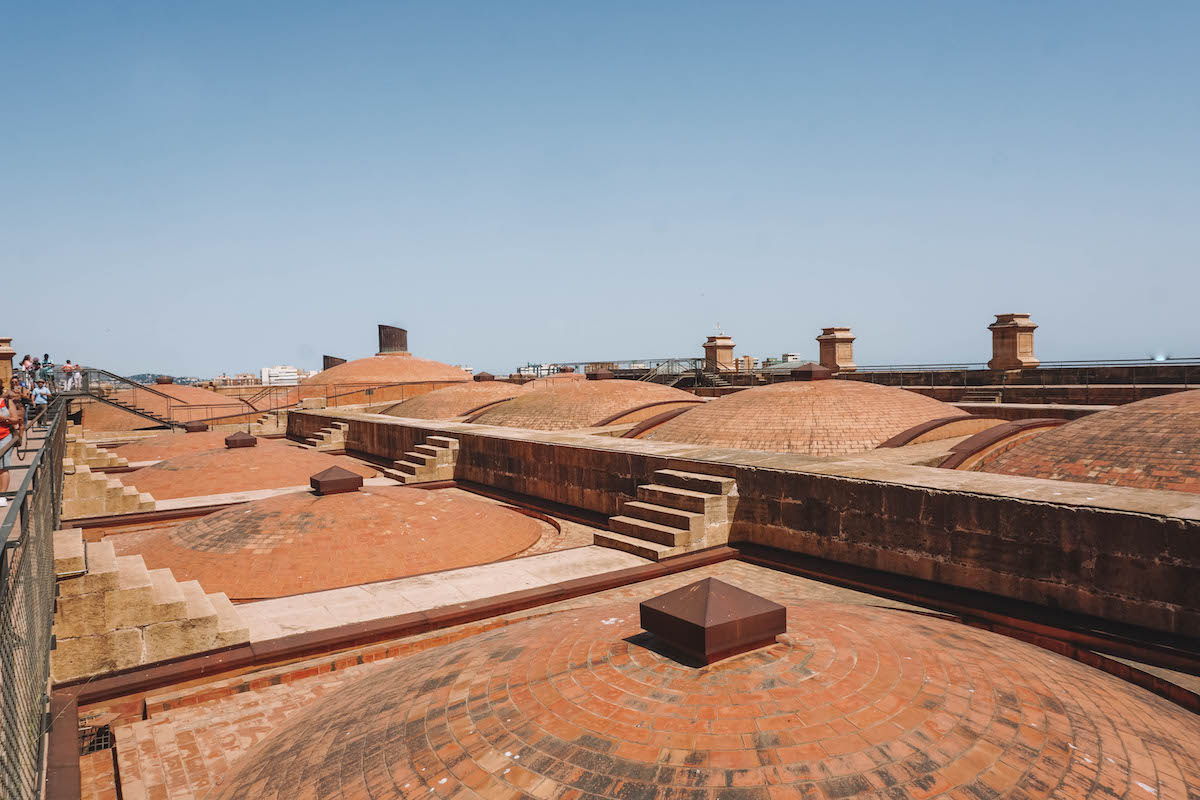
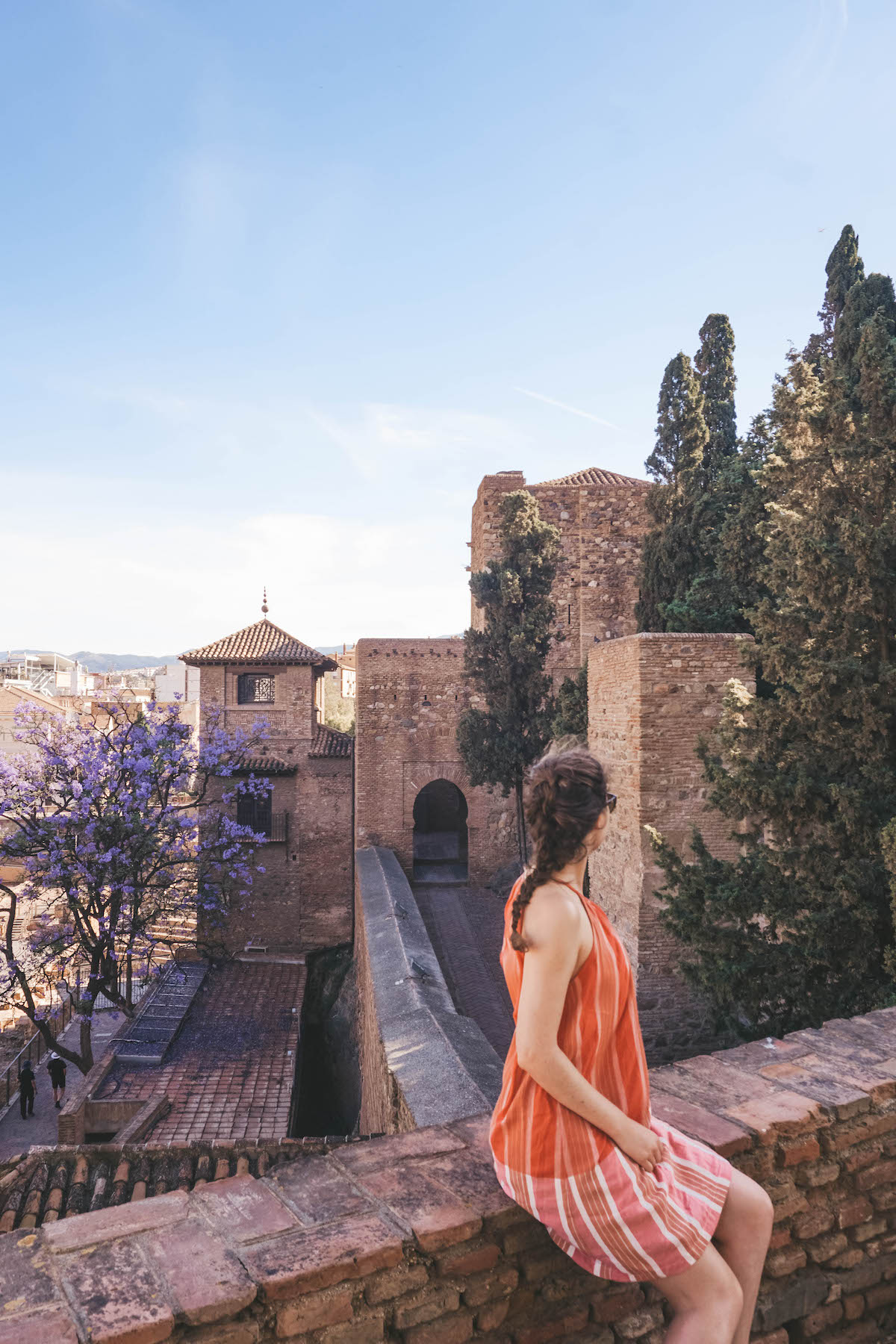
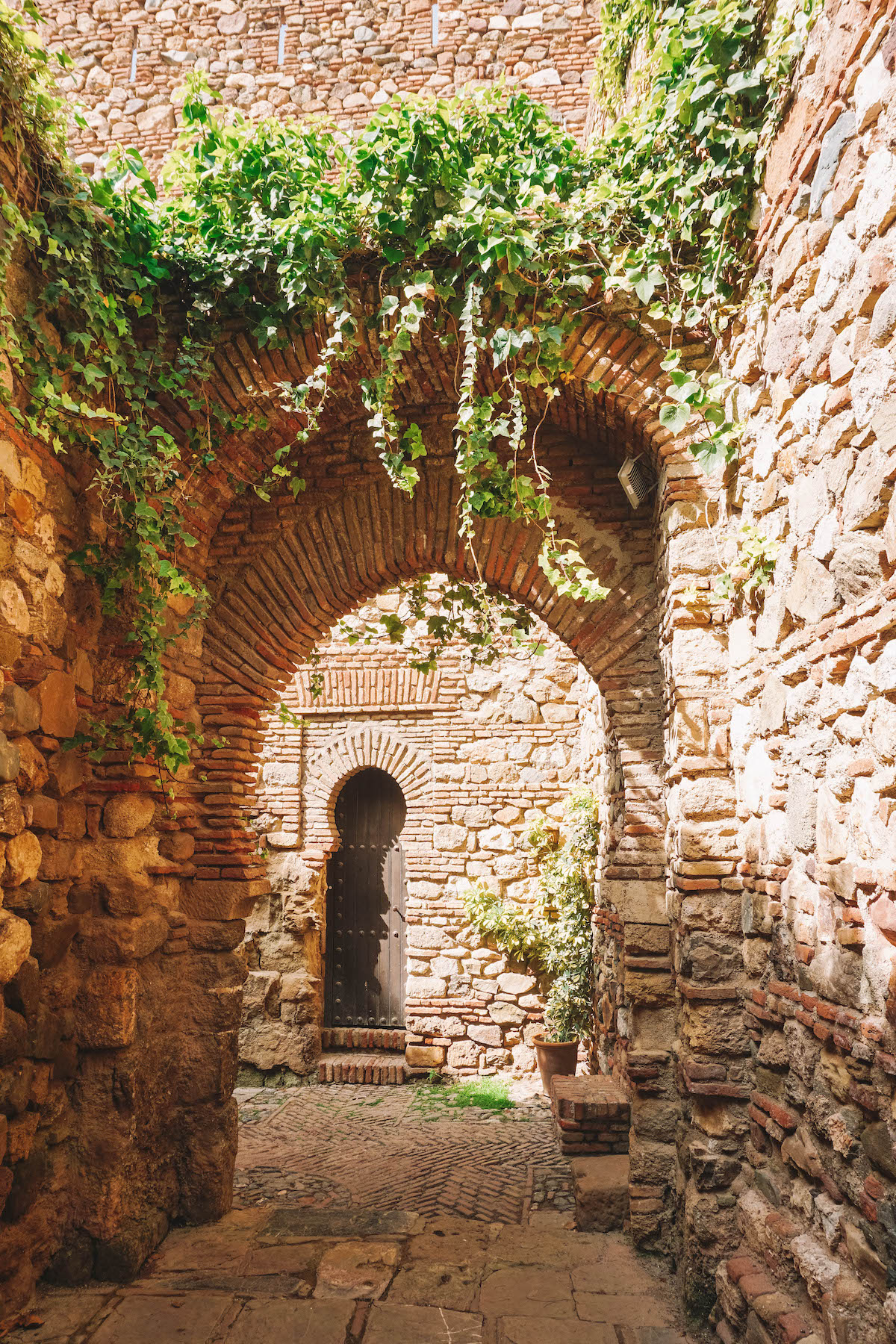
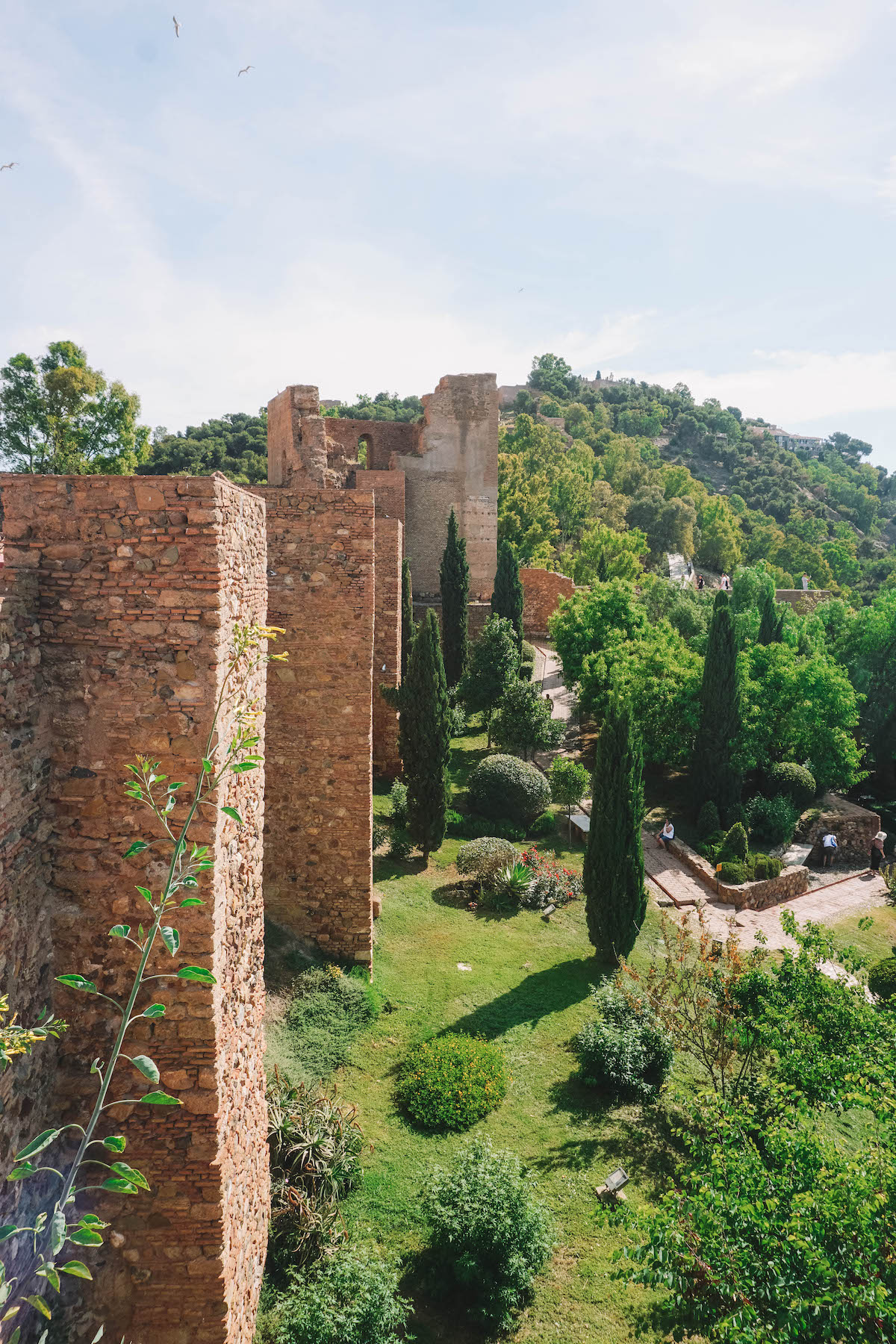
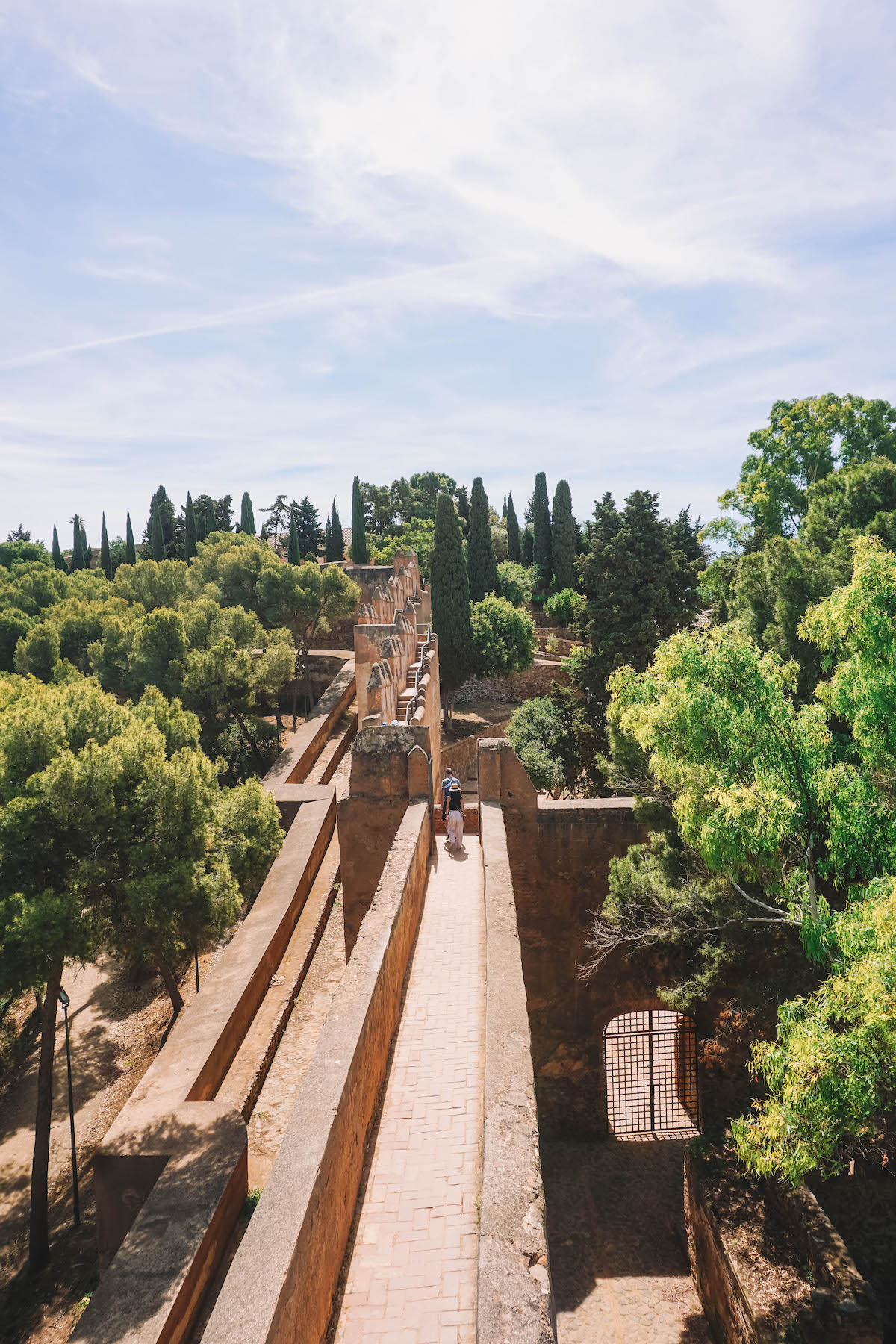
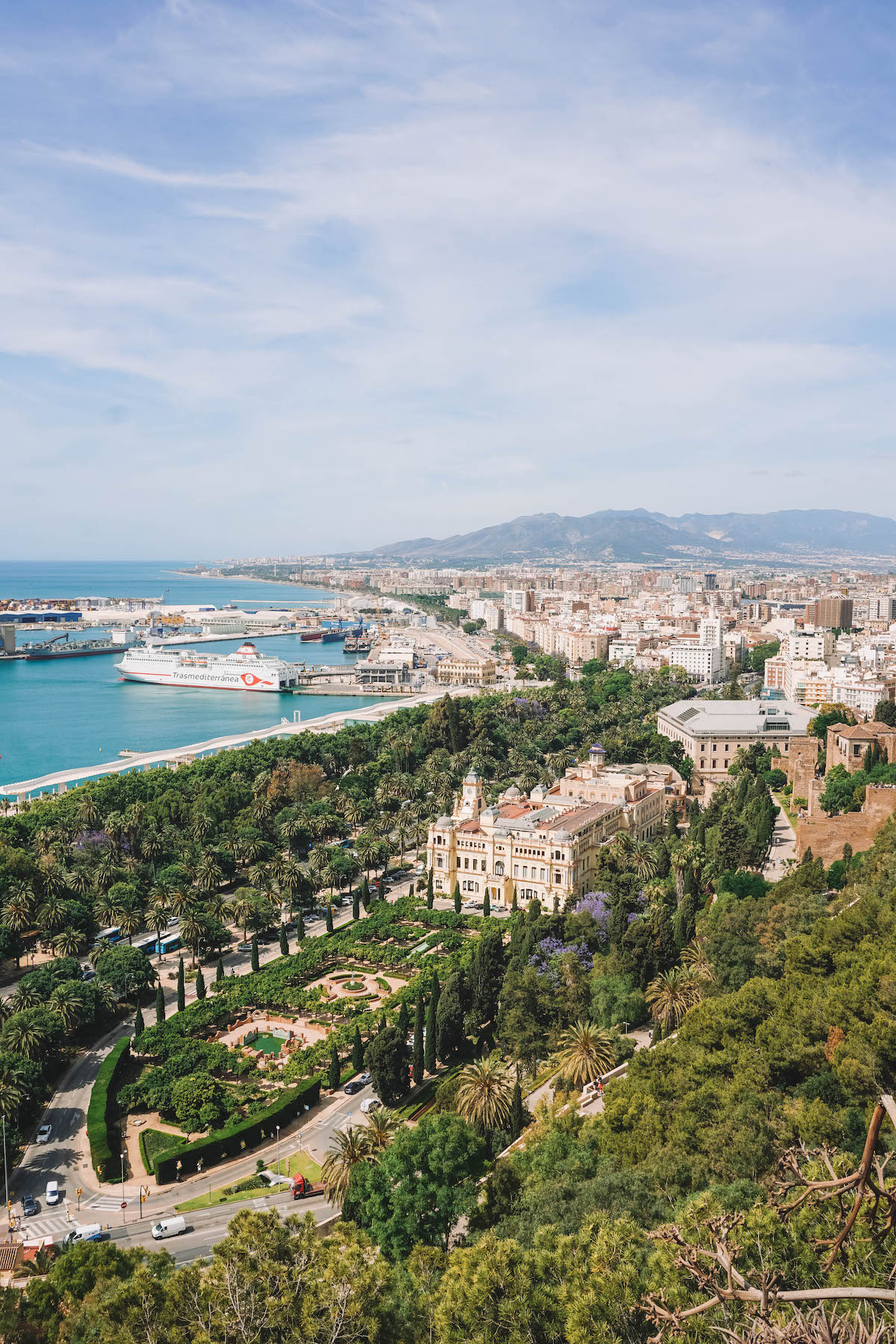
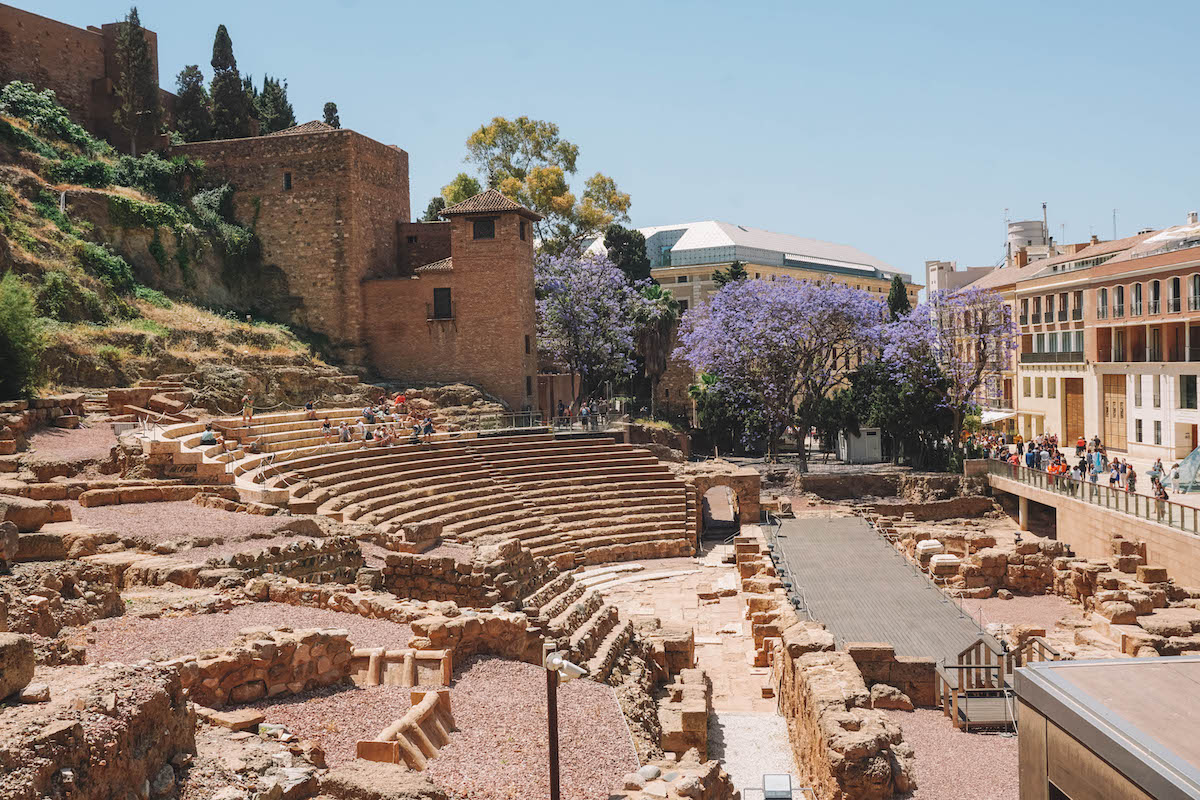
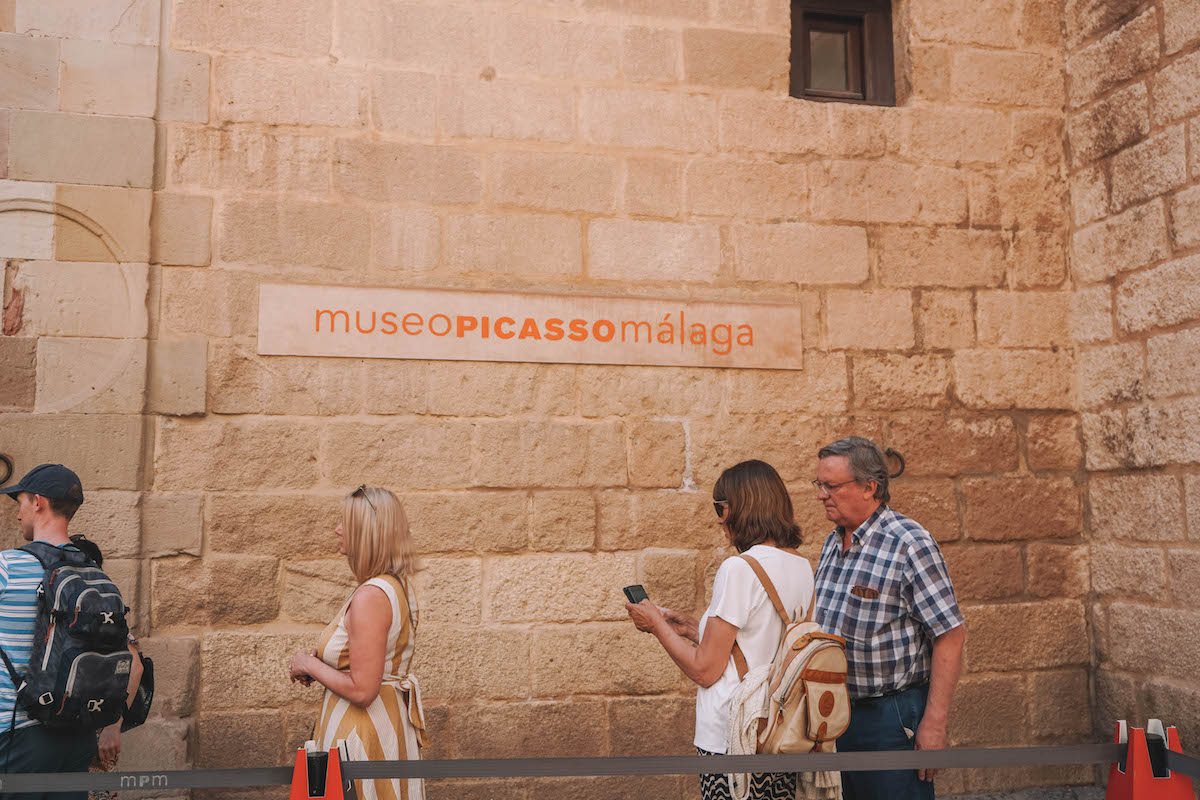
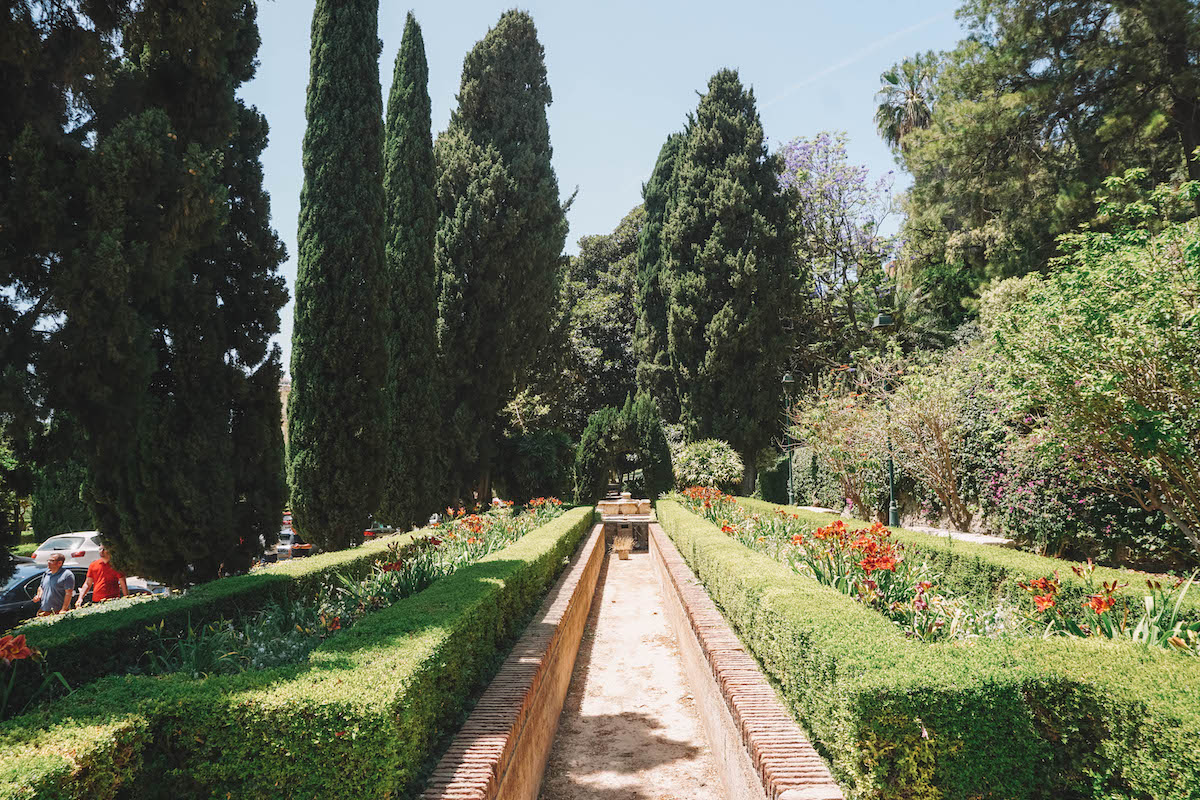
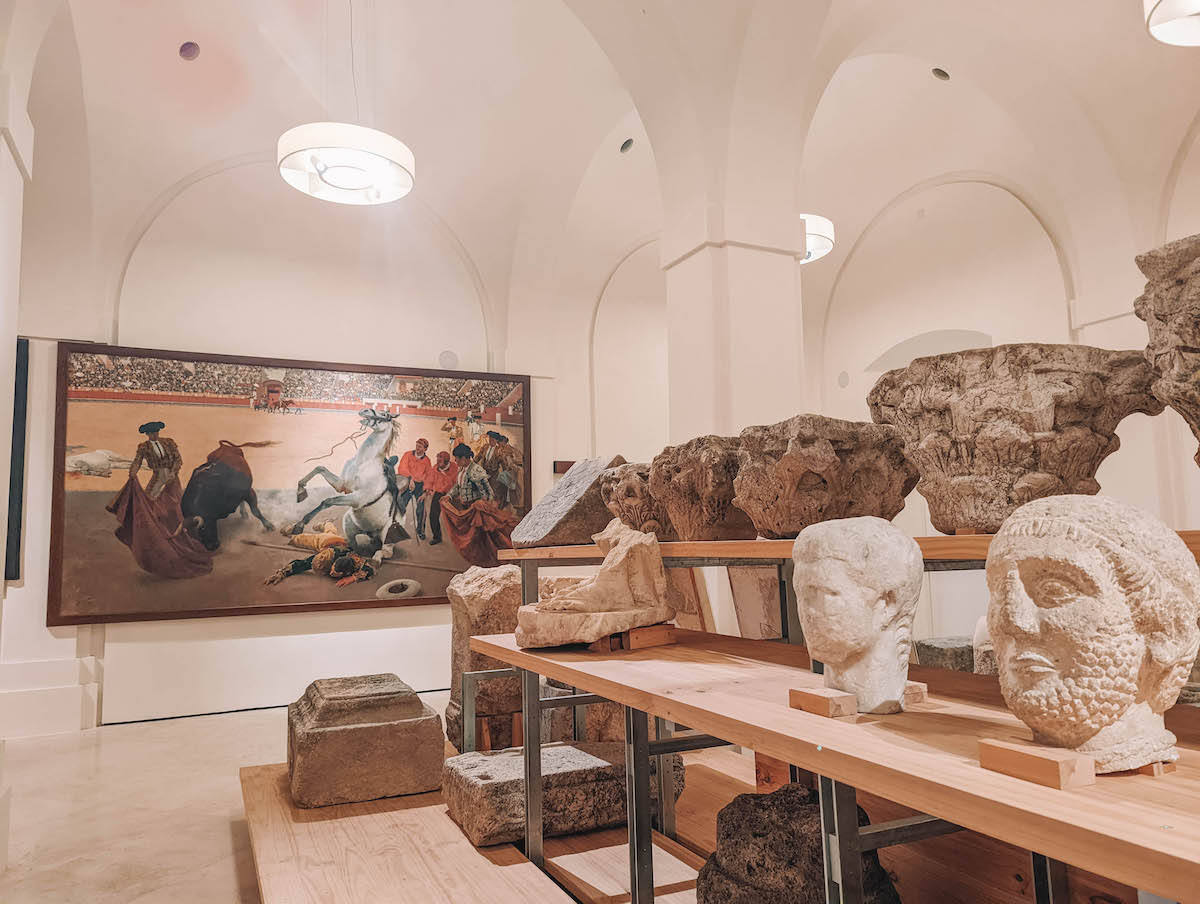
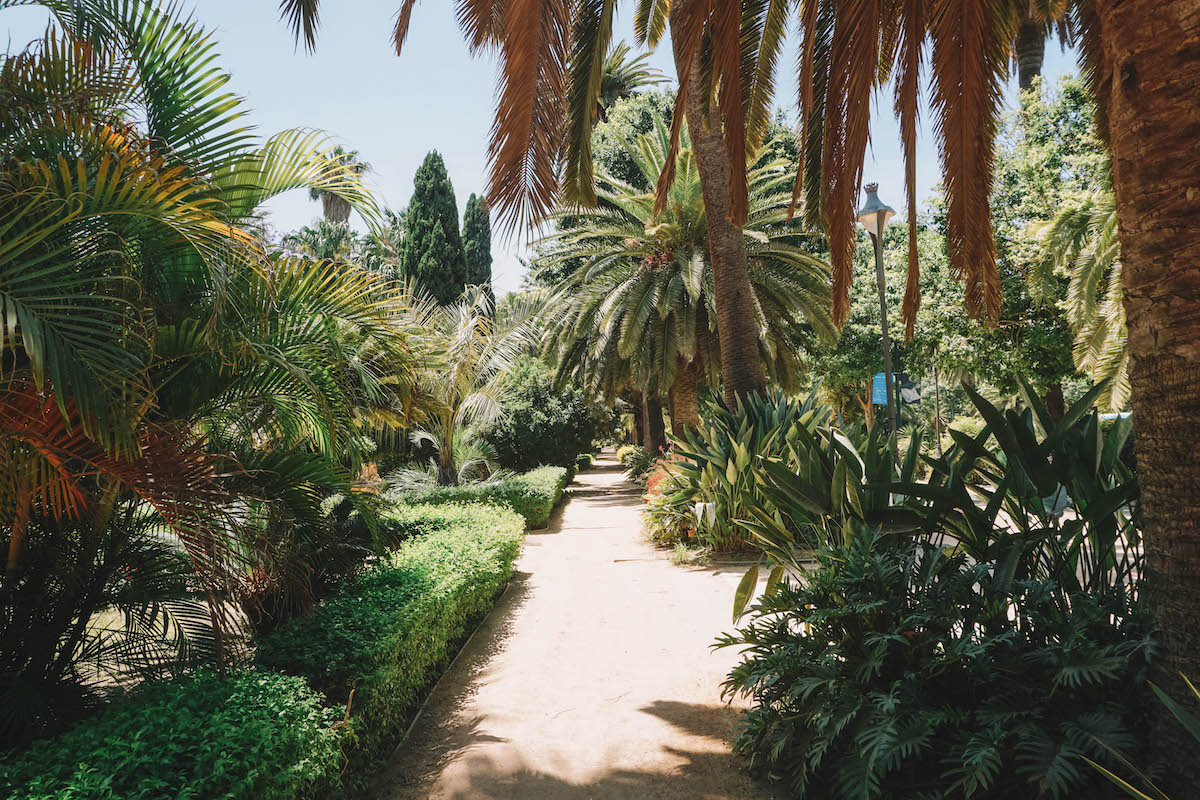
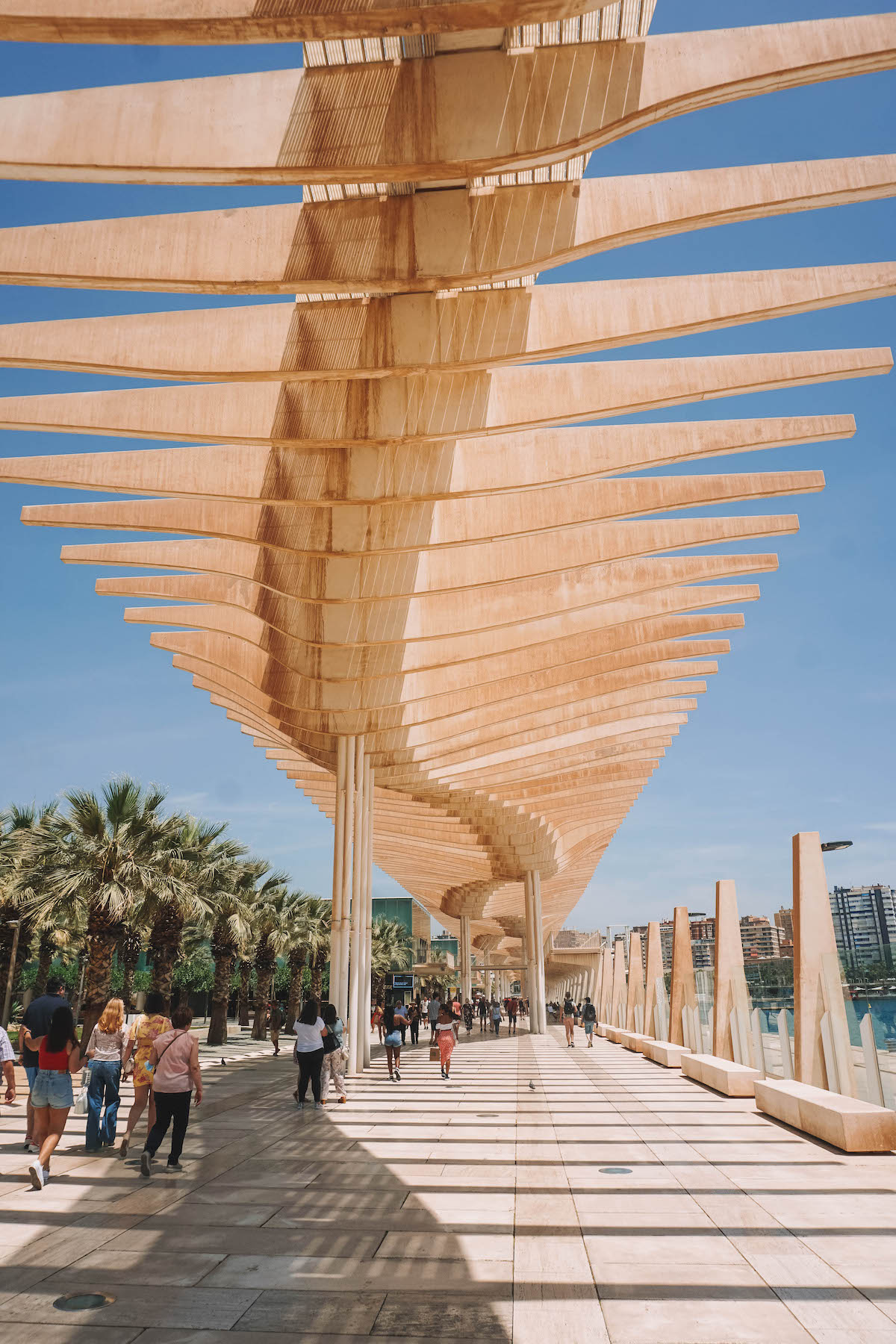
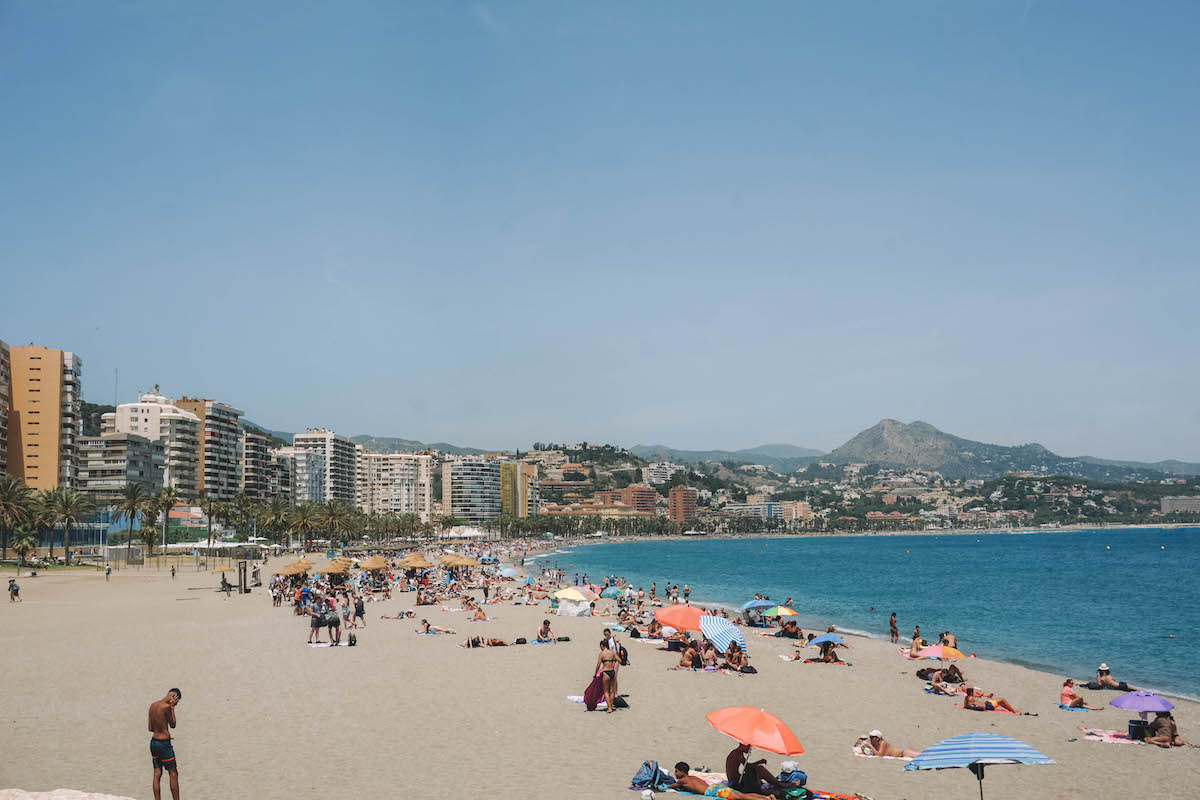
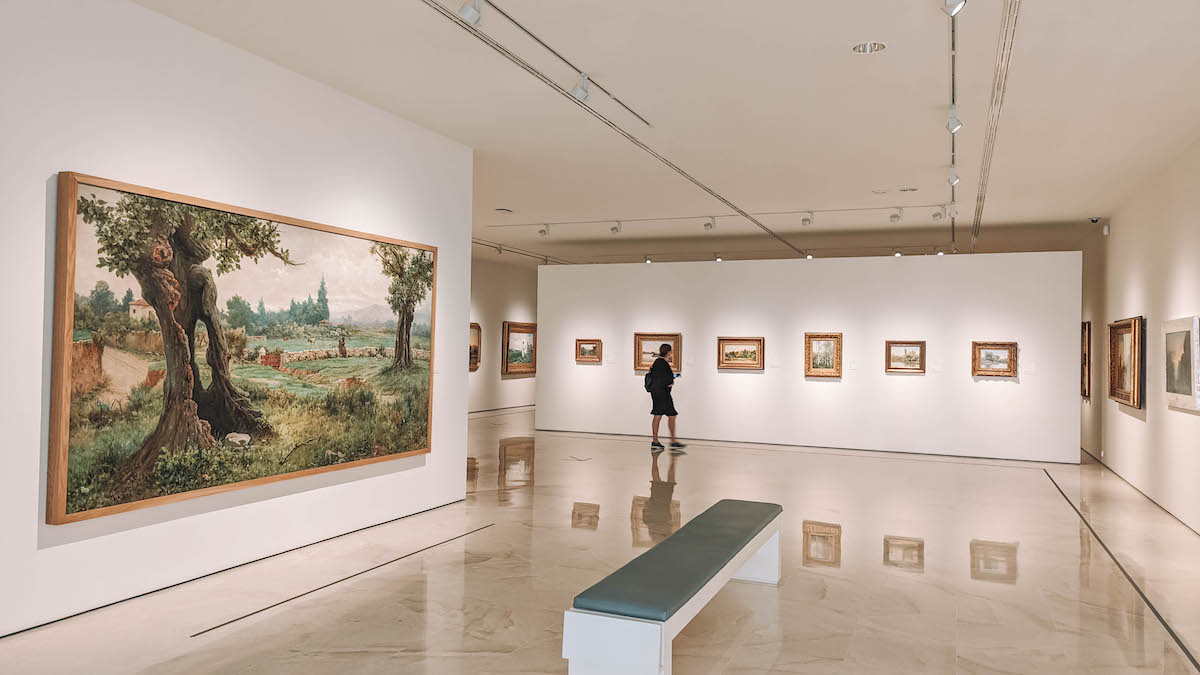

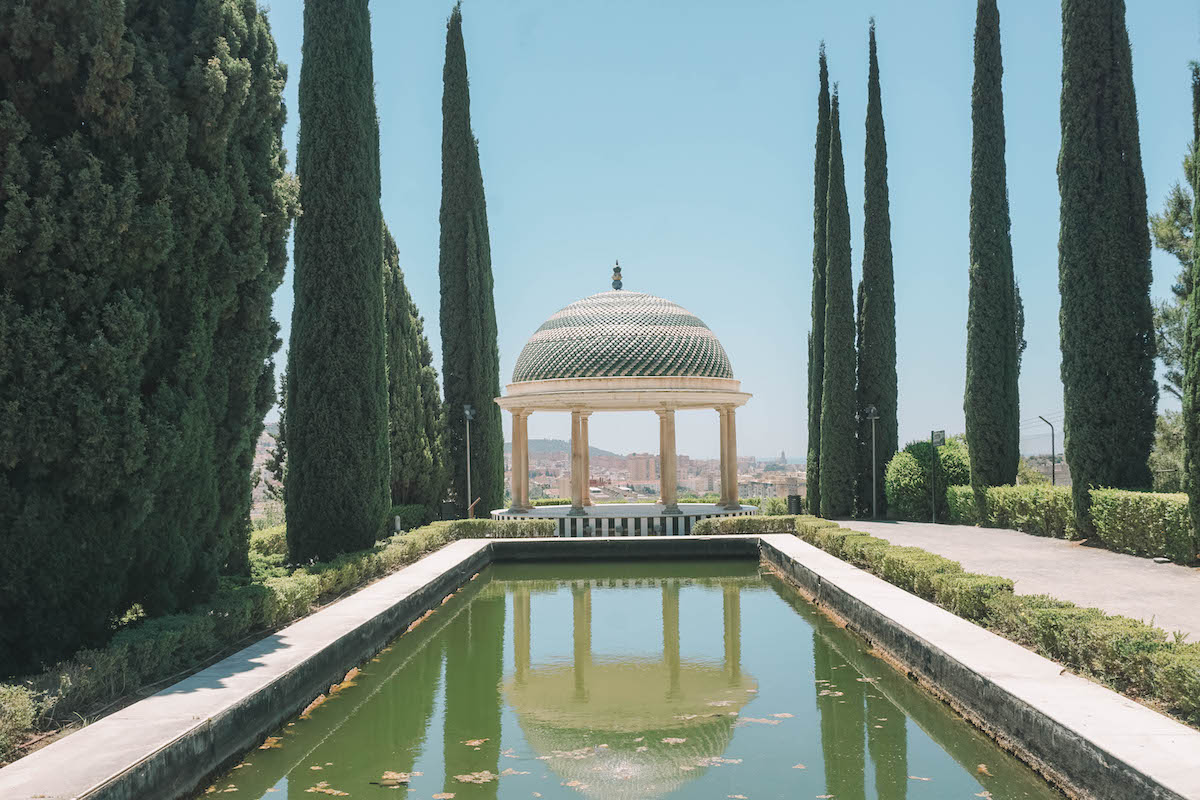
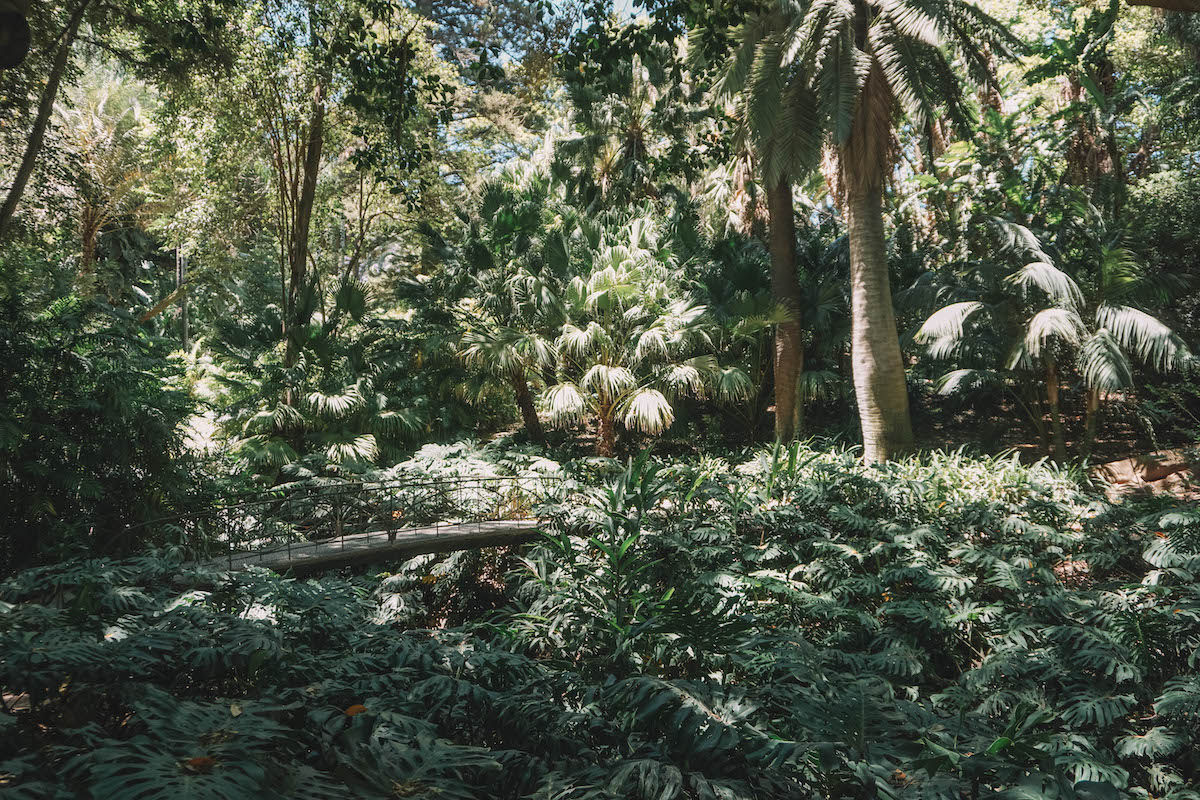
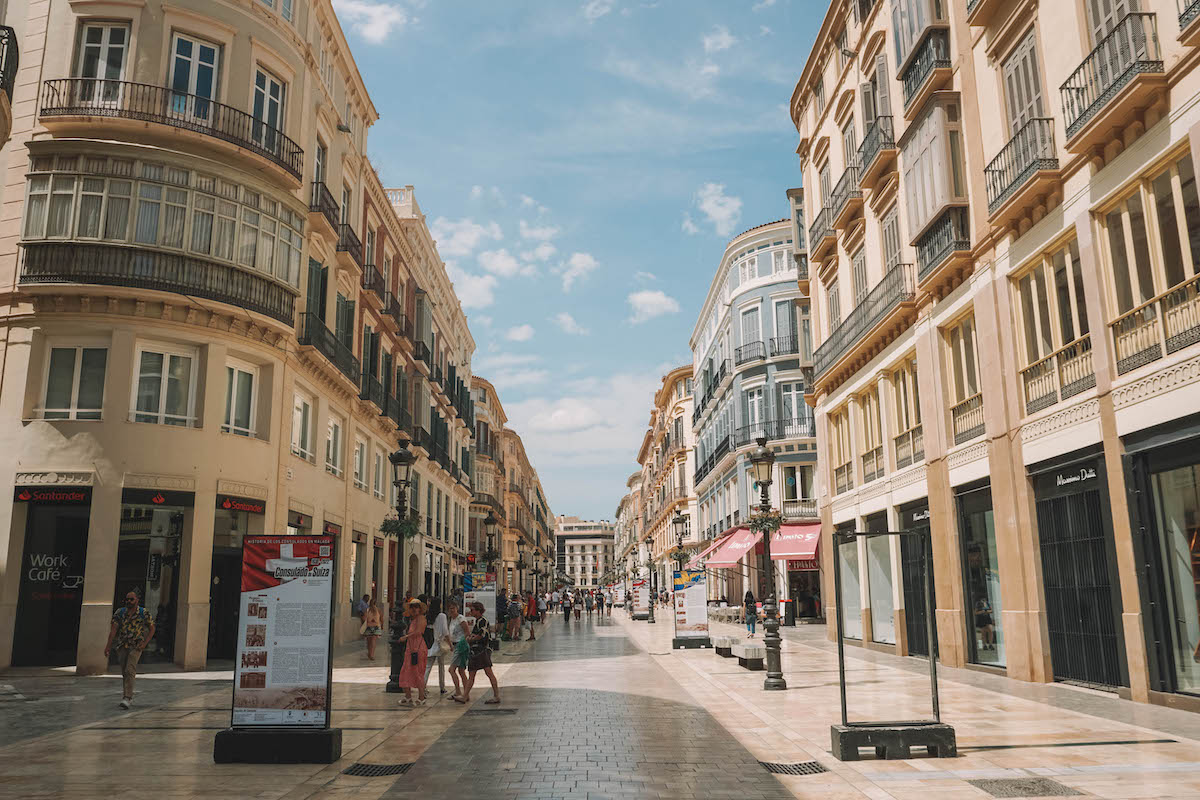
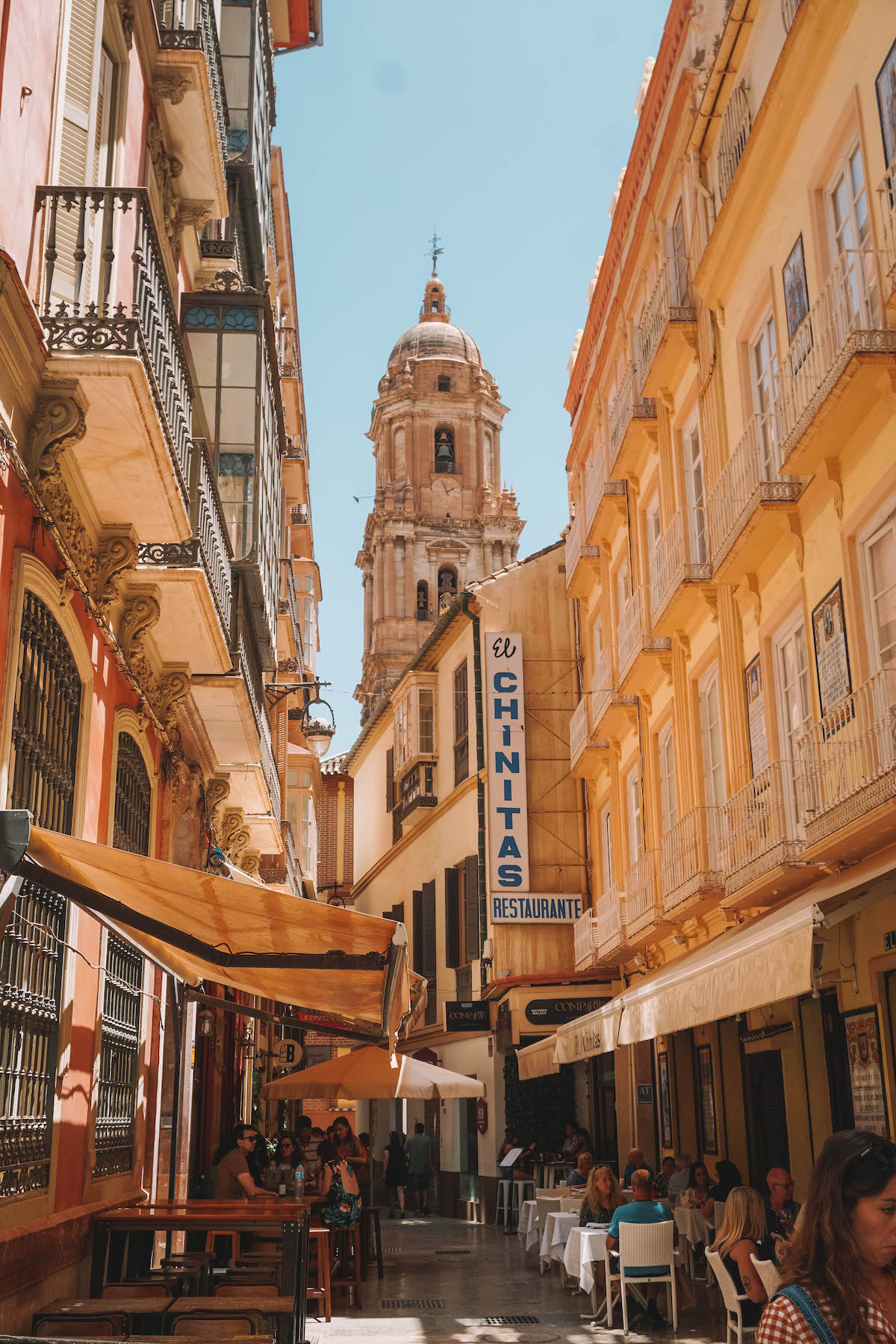
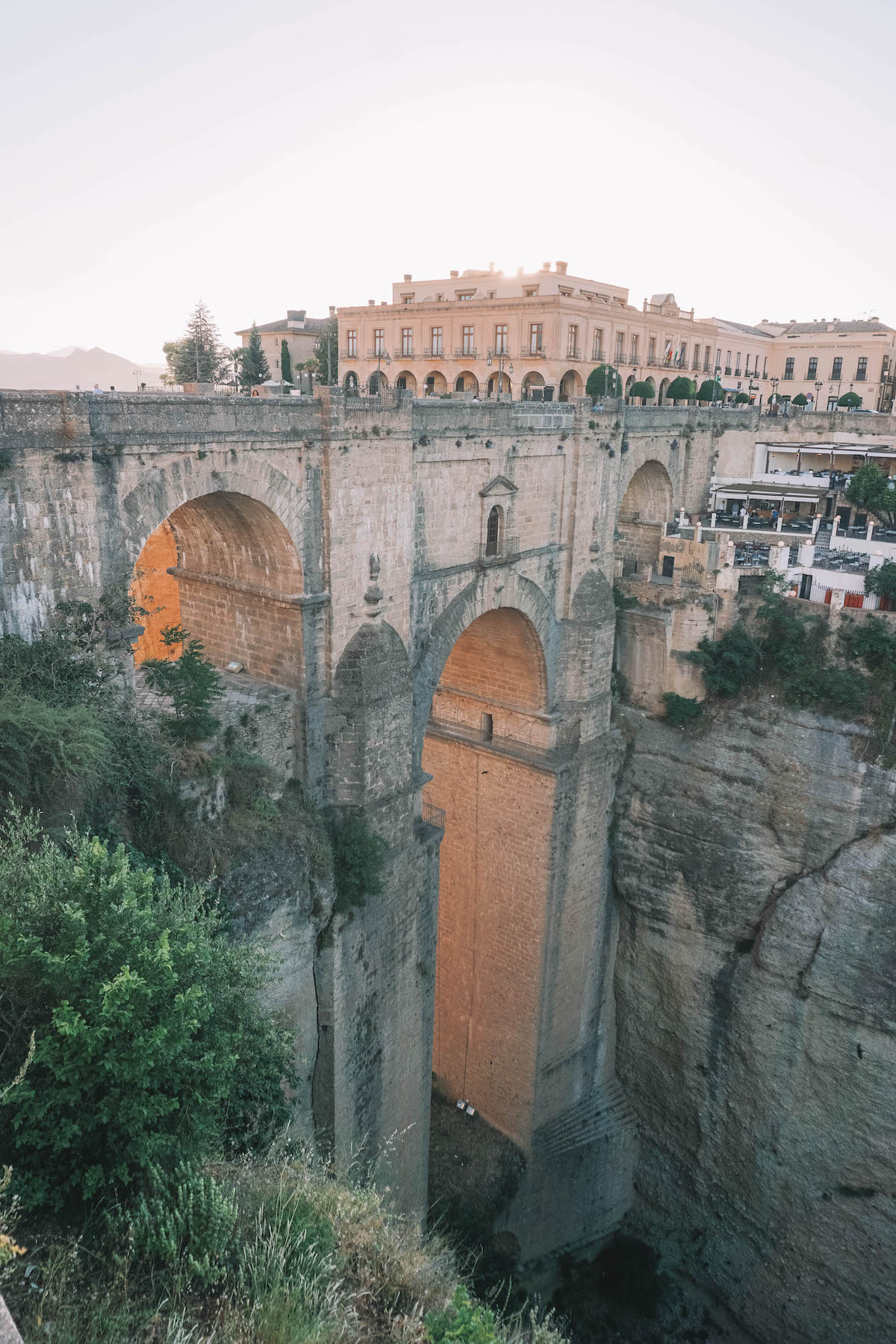
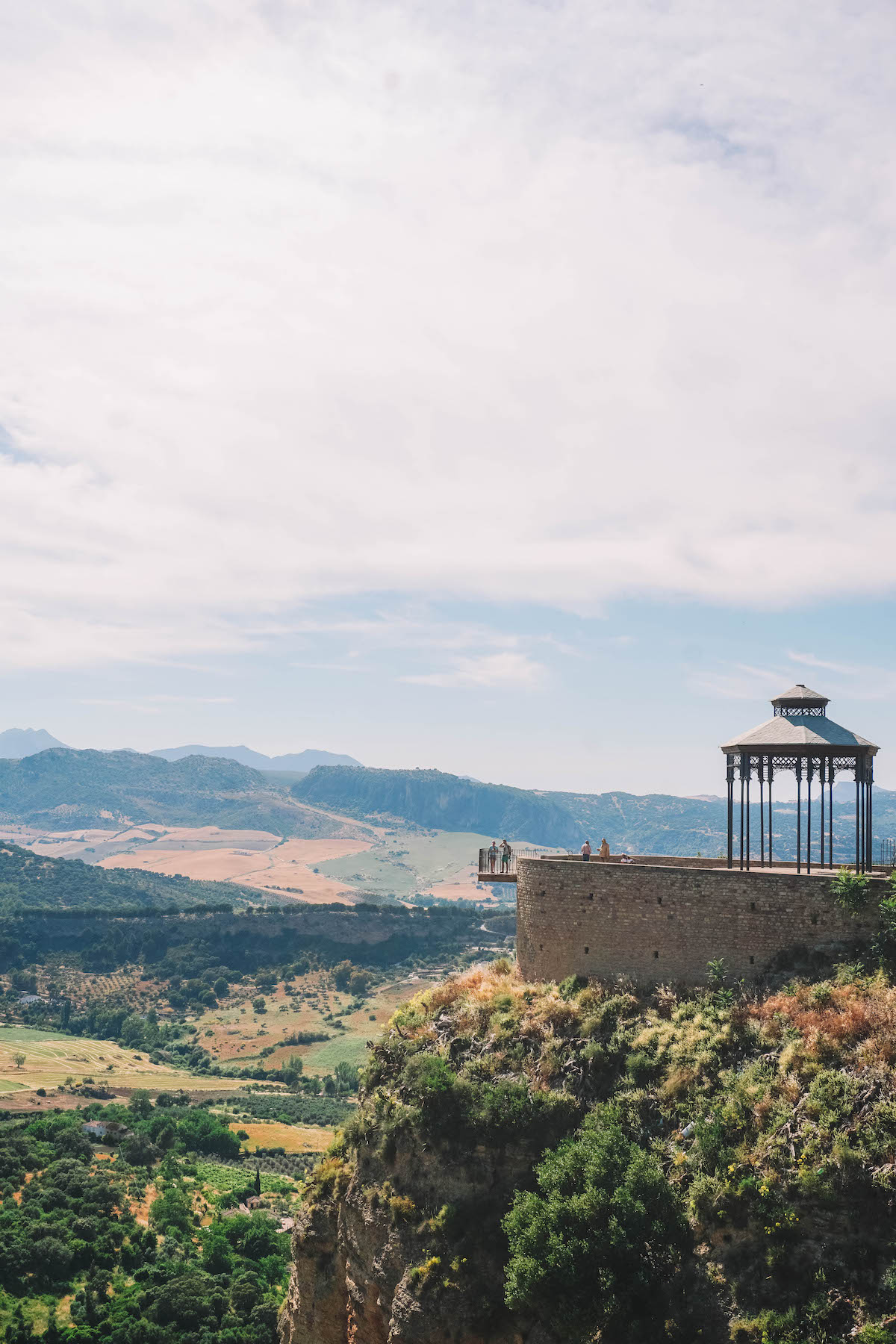

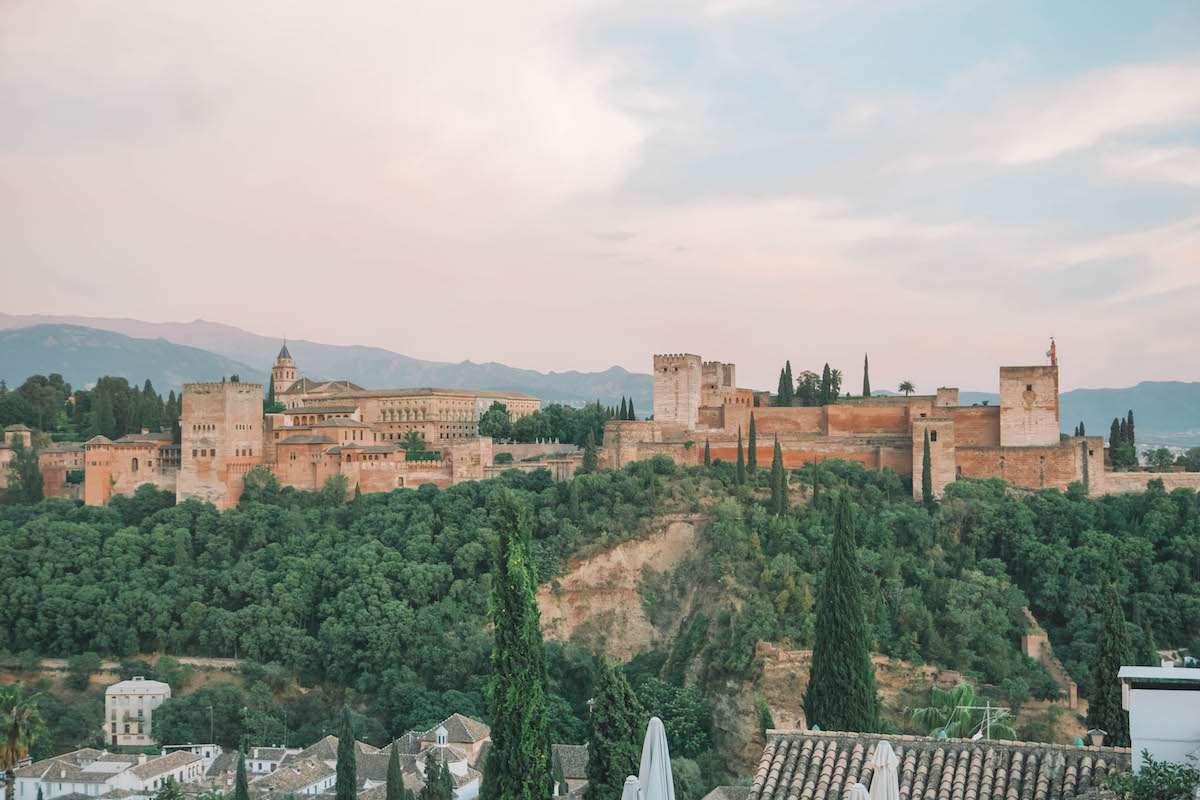
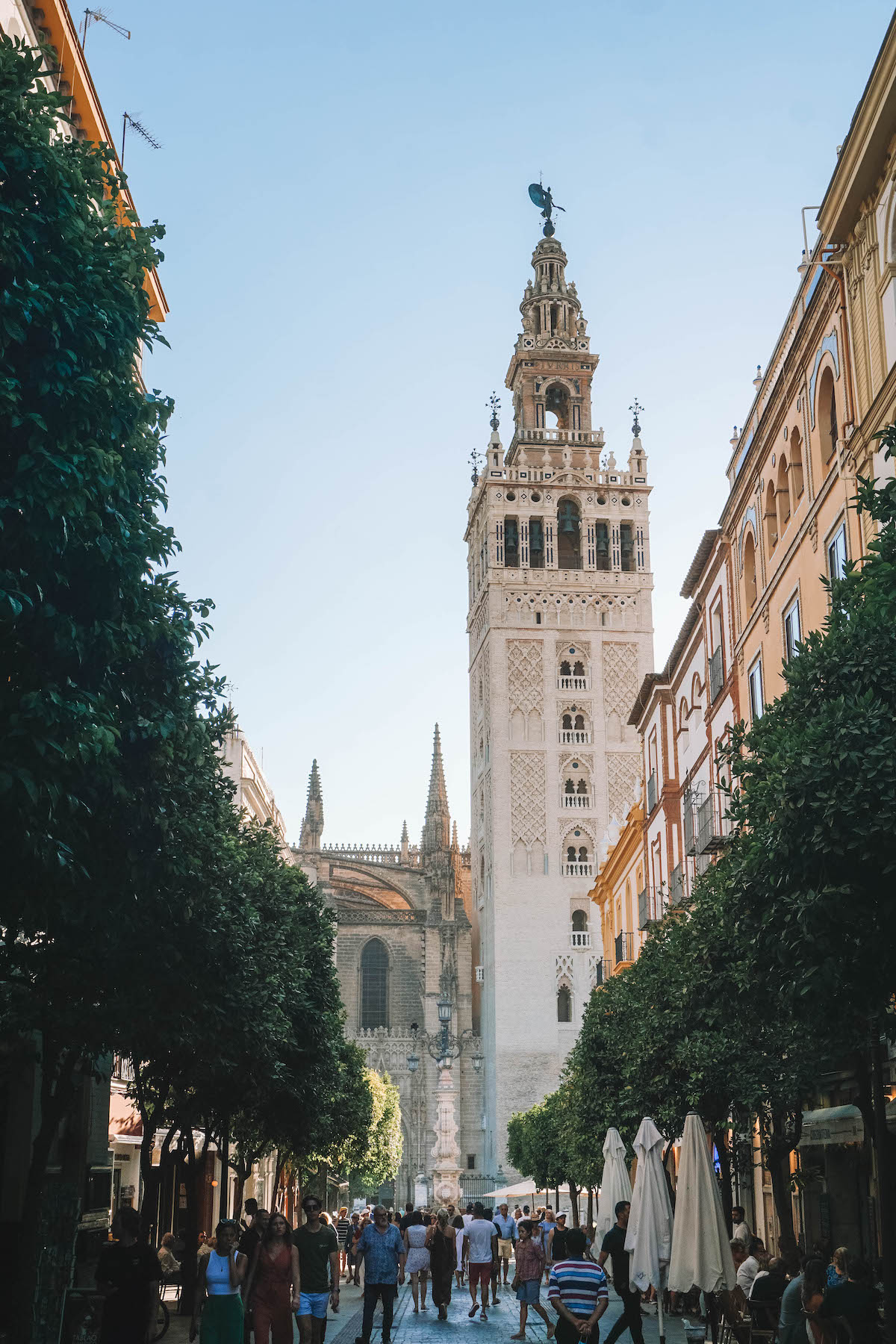
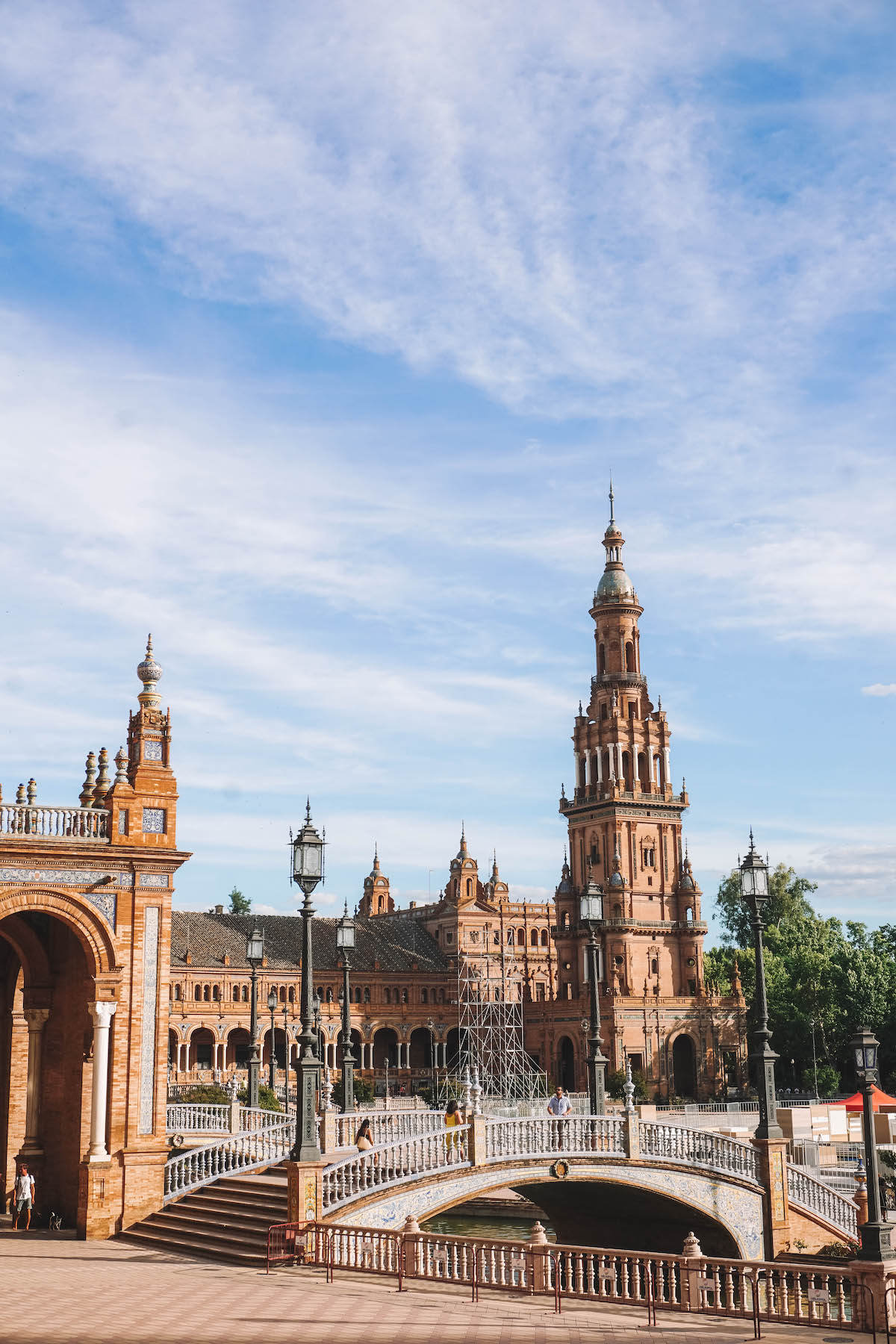
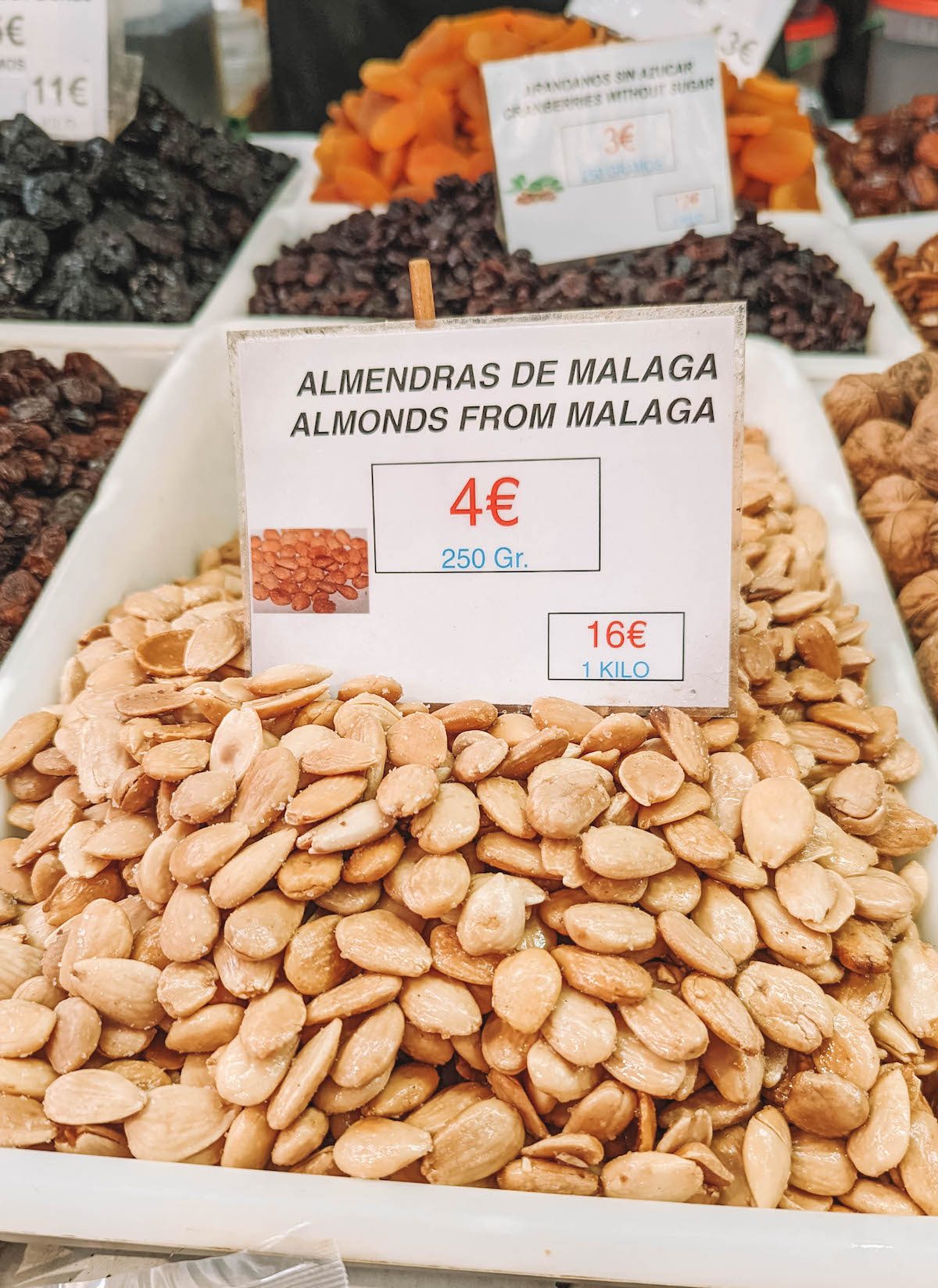
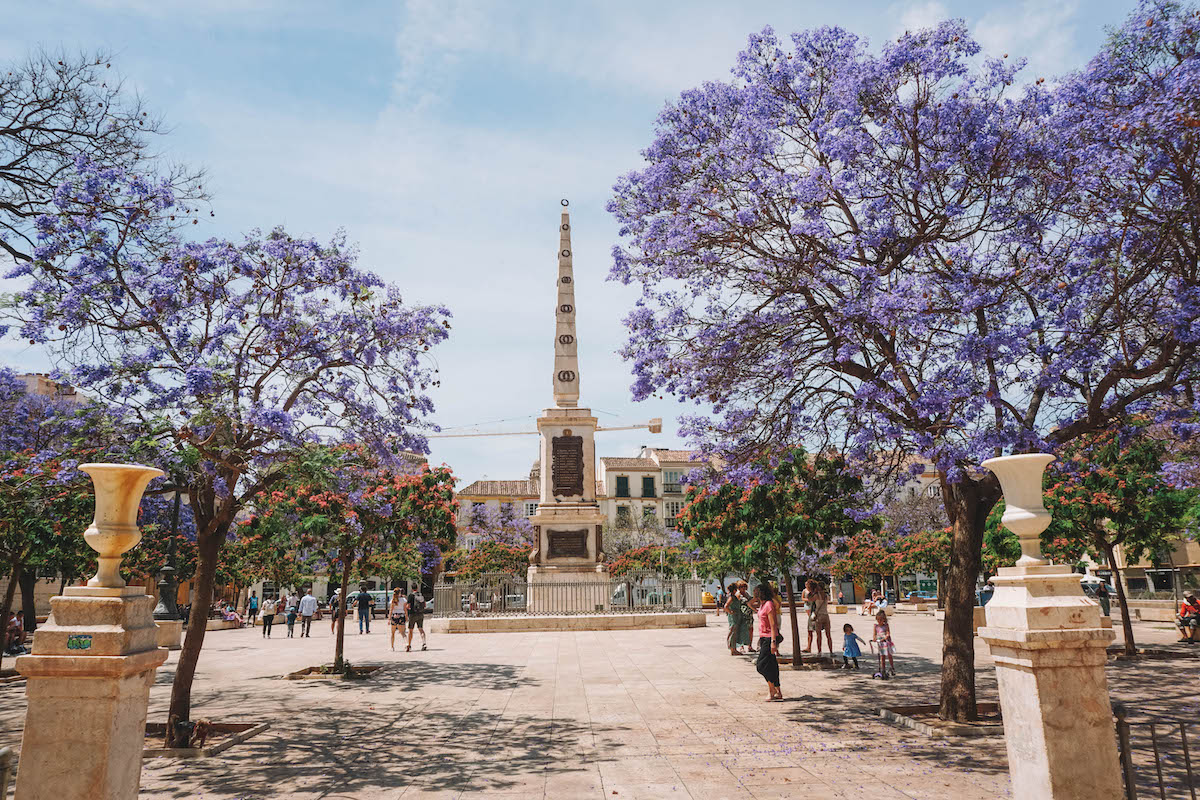

Comments & Reviews
Great tips. Love all your comments. Covered a lot of ground following your things to do
Thank you for such an informative summary of your trip, we have stumbled across this whilst planning our first trip together abroad as a couple and we have made note of all of your tips!